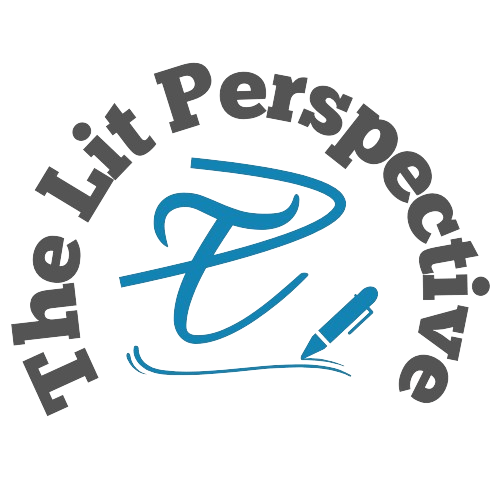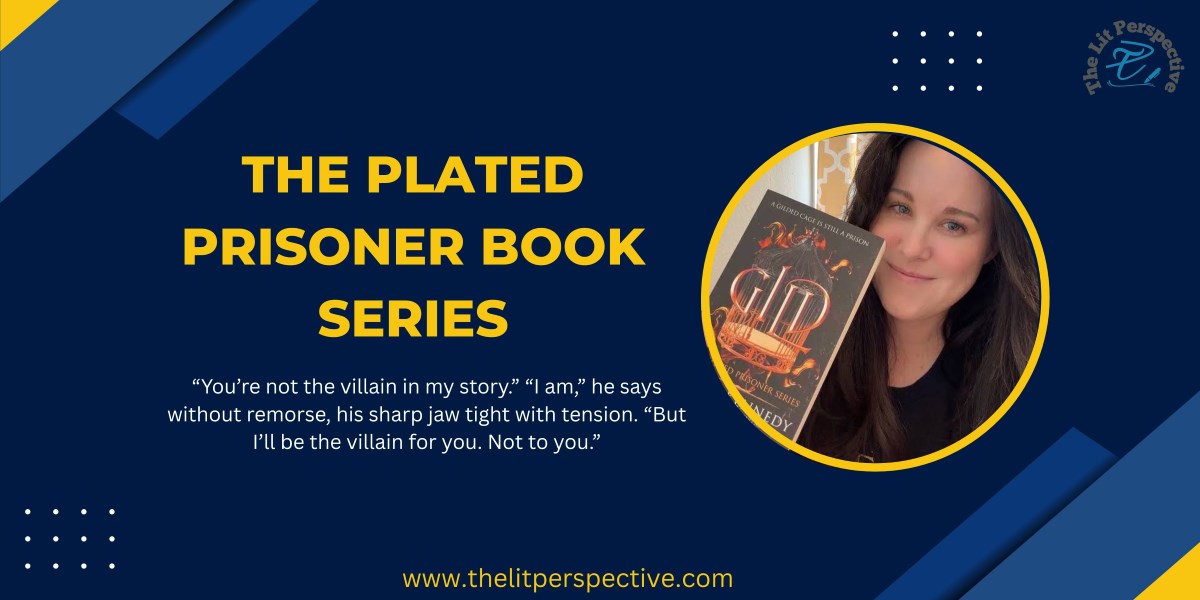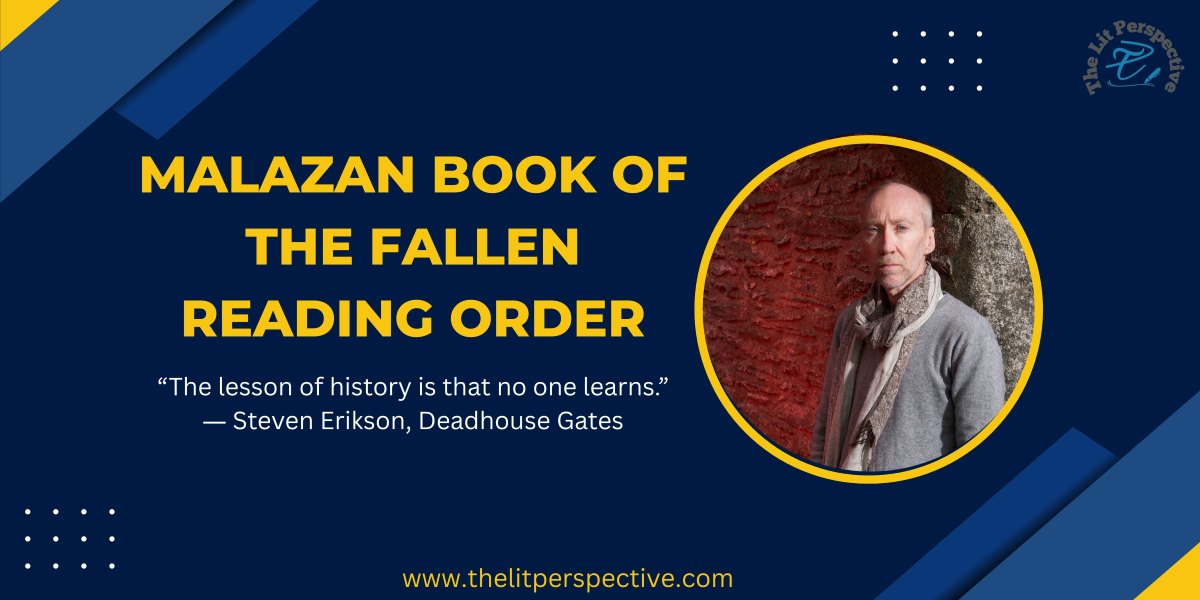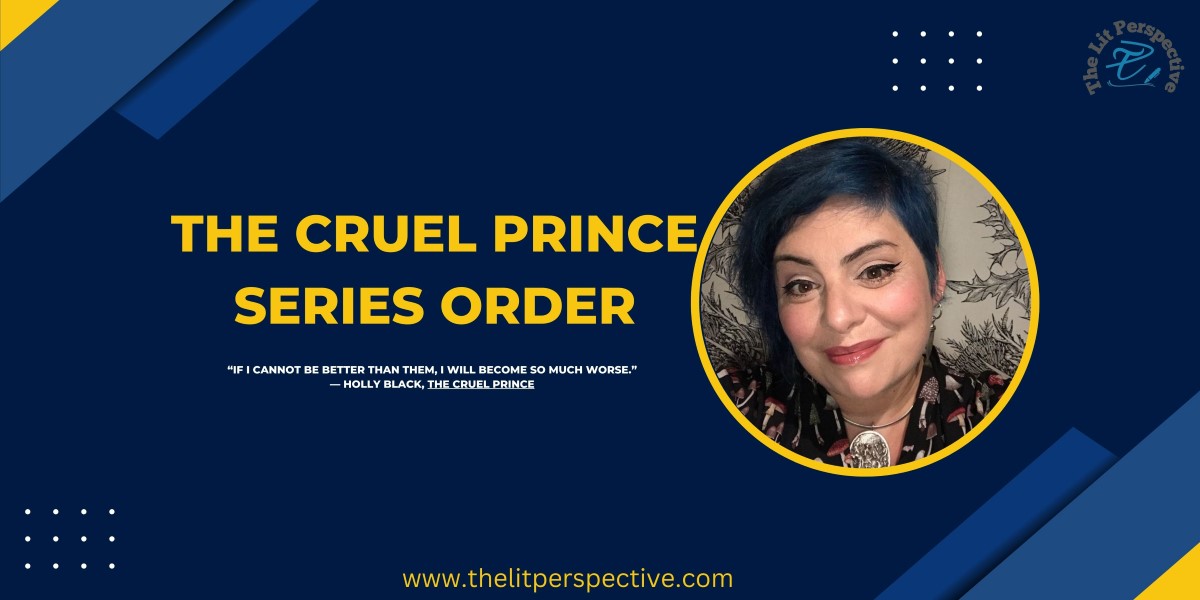TheLitPerspective is your one-stop shop for everything that ignites the spark of curiosity within you.
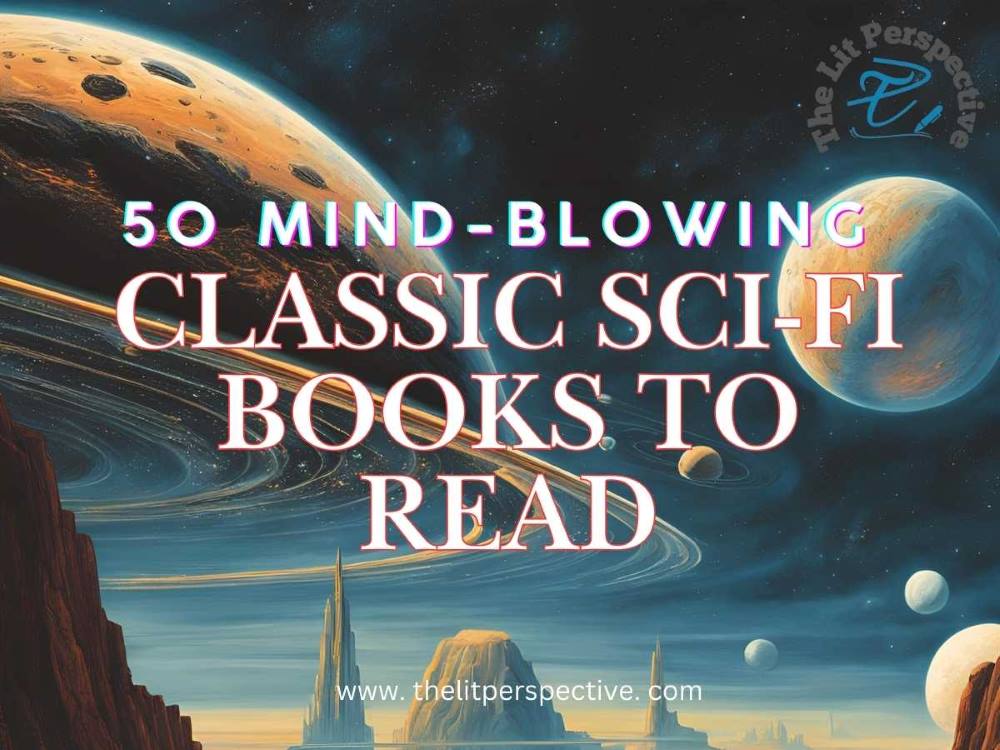
50 Mind-Blowing Classic Sci-Fi Books to Read You Can’t Afford to Miss!
Classic Science fiction is a genre that has fascinated readers for decades, taking them to distant galaxies, alternate realities, and futuristic worlds.
Over the years, many science fiction books have earned their place as classics, offering both entertainment and thought-provoking ideas about the future, technology, society, and the human condition.
If you’re looking into some of the best works that shaped the genre, here are some of the most classical and timeless science fiction books to read.
List of Classic Science Fiction Books of all Time
Dune by Frank Herbert (1965)
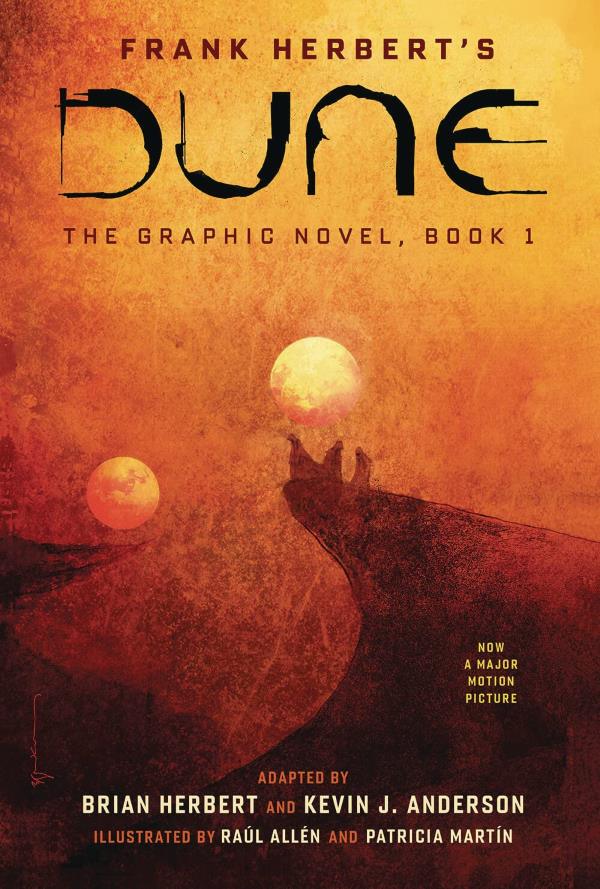
First published in 1965, Dune is often considered one of the greatest science fiction novels of all time. The novel is set in a distant future where noble houses vie for control of the desert planet, Arrakis. Arrakis is the only known source of “spice,” a substance vital for space travel, making the planet a highly contested world. At the center of the story is Paul Atreides, the young heir to the House of Atreides, who must navigate political intrigue, ecological challenges, and his destiny as a messianic figure. Dune explores themes of power, religion, ecology, and human evolution, making it an essential read for any science fiction enthusiast.
1984 by George Orwell (1949)
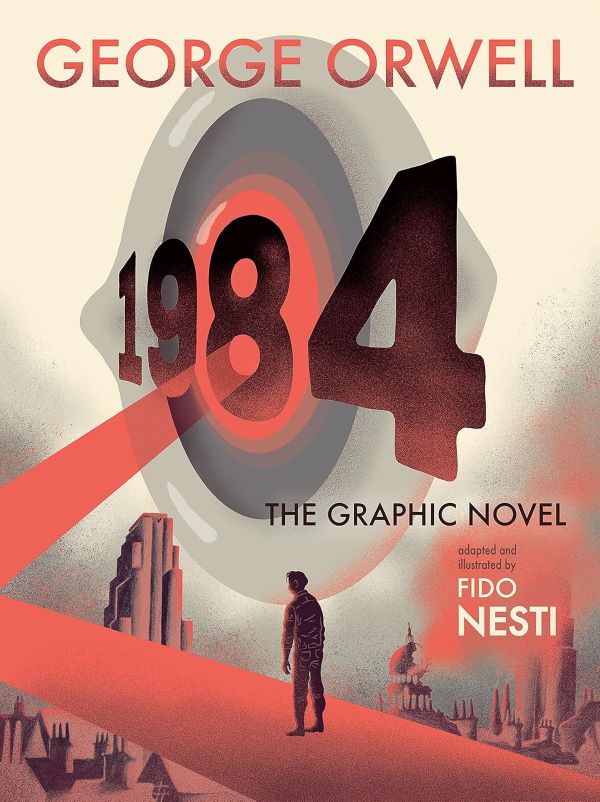
Published in 1949, 1984 presents a dystopian future where totalitarianism reigns supreme. The story follows Winston Smith, a low-ranking member of the Party in Oceania, who begins to question the oppressive regime led by Big Brother. Through his forbidden love affair and subversive thoughts, Winston grapples with themes of surveillance, censorship, and individuality. Orwell’s chilling portrayal of a society stripped of freedom serves as a powerful warning about the dangers of unchecked government control.
The Hitchhiker’s Guide to the Galaxy by Douglas Adams (1979)
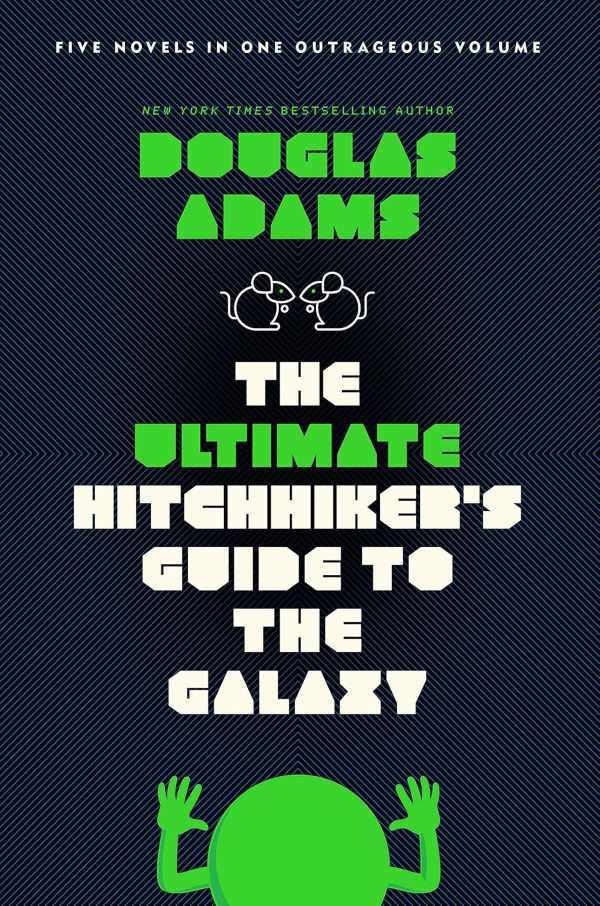
First published in 1979, The Hitchhiker’s Guide to the Galaxy is a comedic science fiction adventure that follows Arthur Dent, an ordinary human who is whisked away from Earth just before its destruction. Guided by Ford Prefect, an alien researcher for a travel guidebook, Arthur embarks on a journey through space filled with absurdity and wit. The novel satirizes bureaucracy and human existence while exploring profound questions about life and the universe.
Fahrenheit 451 by Ray Bradbury (1953)
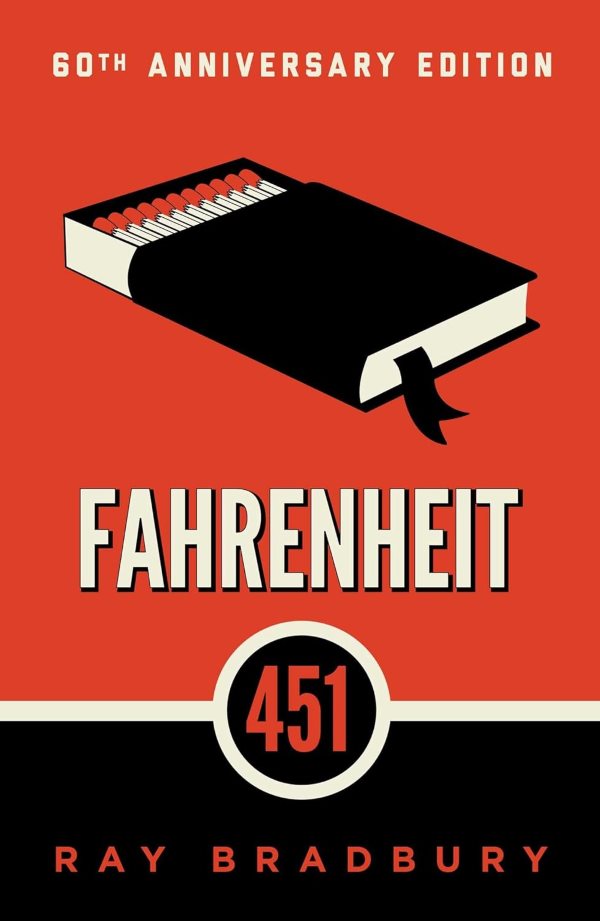
Released in 1953, Fahrenheit 451 depicts a future society where books are banned and “firemen” burn any that are found. The protagonist, Guy Montag, is a fireman who begins to question his role in this oppressive regime after meeting a free-spirited young woman named Clarisse. Bradbury’s novel serves as a critique of censorship and conformity while emphasizing the importance of literature and critical thinking.
Brave New World by Aldous Huxley (1932)
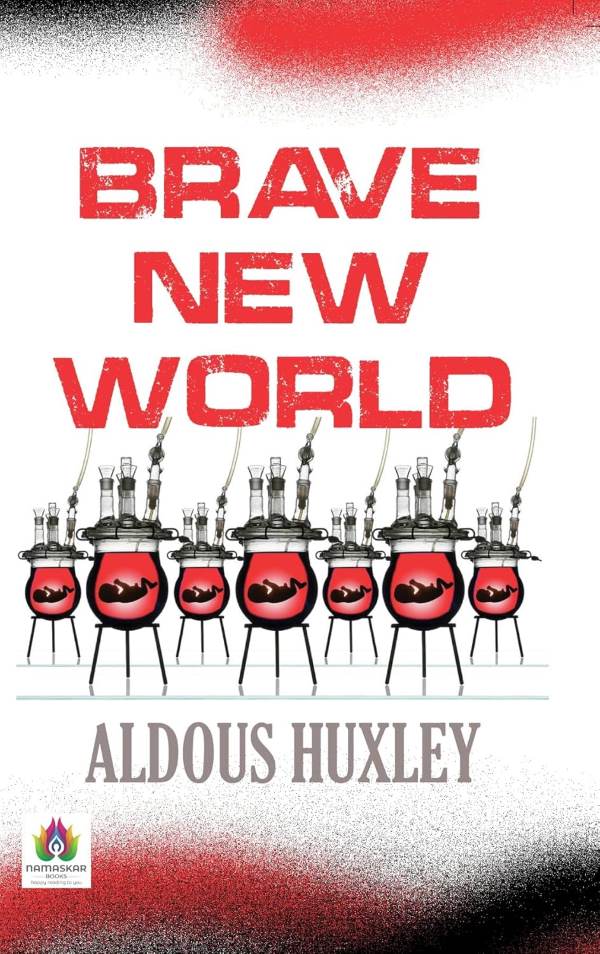
In Brave New World, published in 1932, Huxley imagines a technologically advanced society where human beings are genetically engineered and conditioned for their roles in life. The story follows Bernard Marx and Lenina Crowne as they navigate this superficial world devoid of true emotions and individuality. Huxley’s exploration of consumerism, technology, and societal control raises questions about what it means to be human.
Foundation by Isaac Asimov (1951)
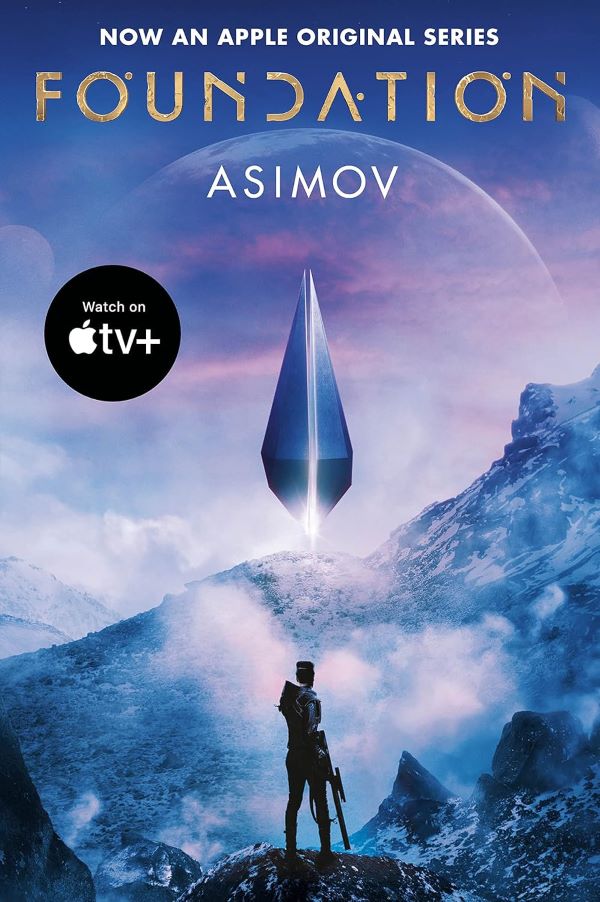
First published in 1951, Foundation introduces readers to Hari Seldon, a mathematician who develops psychohistory—a method to predict the future on a grand scale. To save humanity from impending doom as the Galactic Empire collapses, Seldon establishes the Foundation on a remote planet. As various factions vie for power over centuries, Asimov weaves themes of politics, history, and human behavior into this epic saga.
The Left Hand of Darkness by Ursula K. Le Guin (1969)
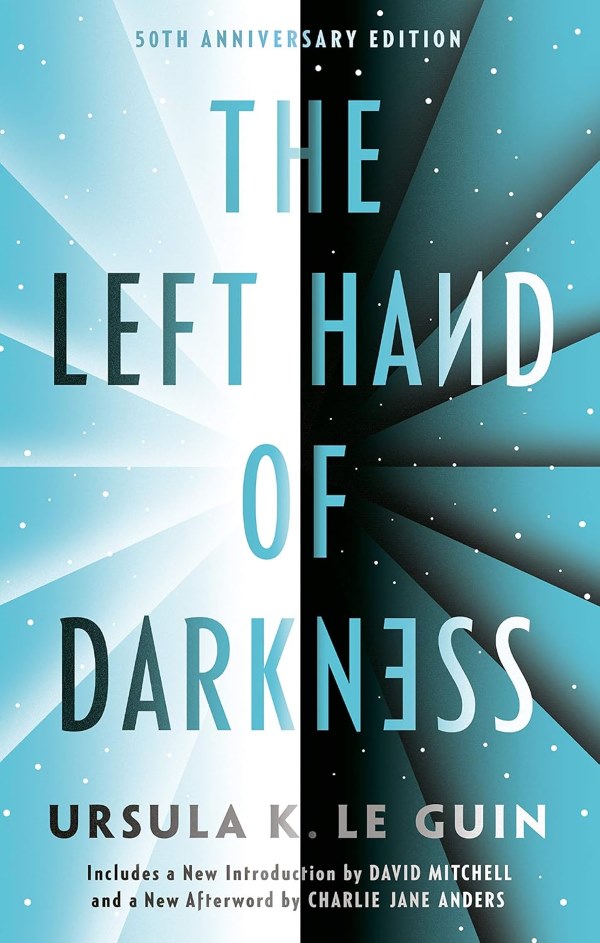
Published in 1969, The Left Hand of Darkness explores themes of gender and sexuality through the eyes of Genly Ai, an envoy sent to the planet Gethen to persuade its inhabitants to join an interstellar coalition. Gethen’s inhabitants can change gender at will, challenging Genly’s perceptions and beliefs about identity and relationships. Le Guin’s work invites readers to rethink societal norms and embrace diversity.
Neuromancer by William Gibson (1984)
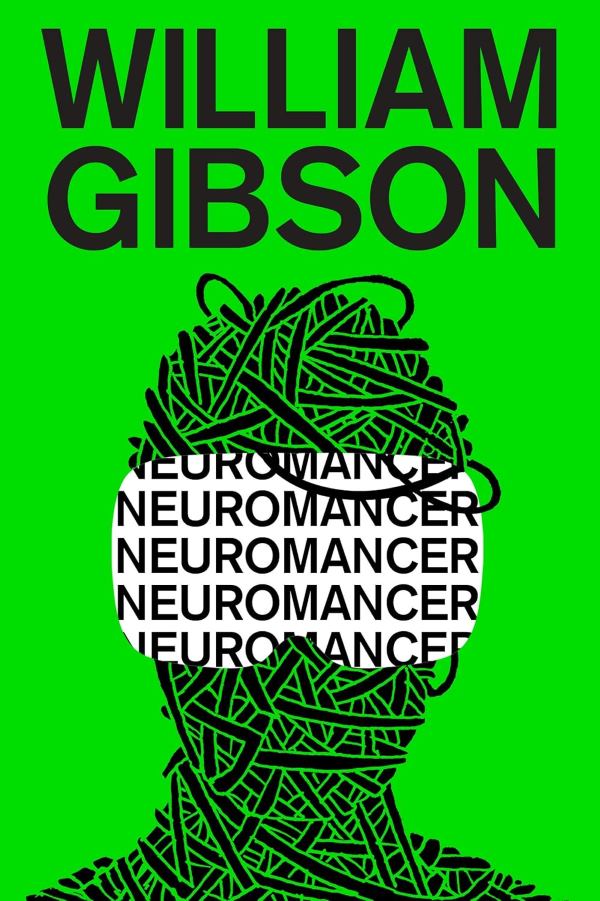
Released in 1984, Neuromancer is a groundbreaking cyberpunk novel that follows Case, a washed-up computer hacker hired for one last job: to pull off the ultimate hack against an artificial intelligence. Gibson’s vivid depiction of cyberspace and corporate espionage not only shaped the cyberpunk genre but also anticipated many aspects of our digital future.
Slaughterhouse-Five by Kurt Vonnegut (1969)
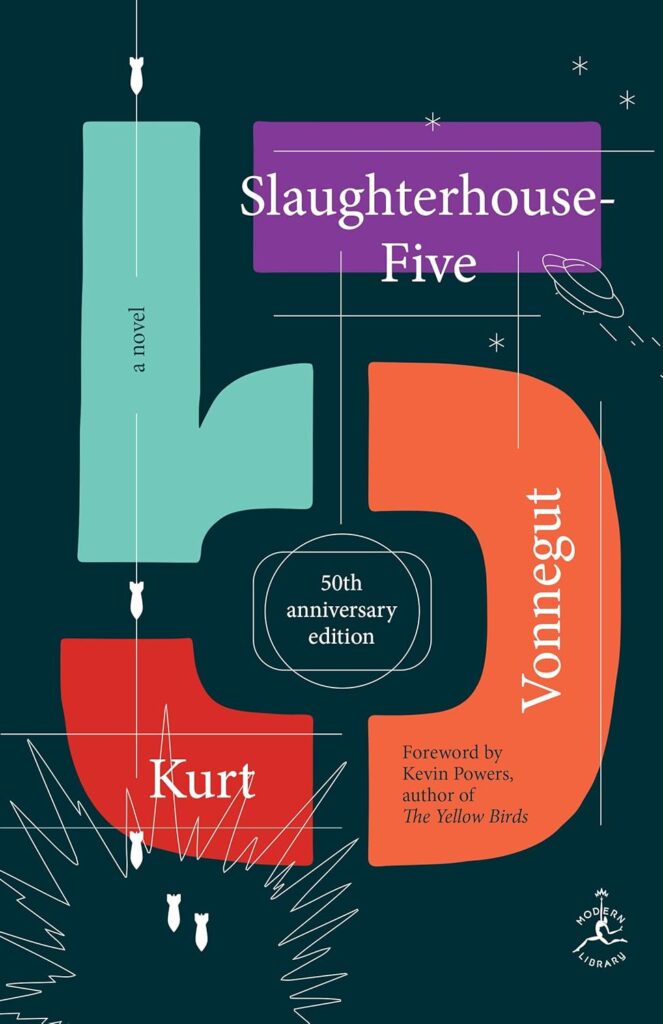
Published in 1969, Slaughterhouse-Five tells the story of Billy Pilgrim, who becomes “unstuck in time” and experiences moments from his life out of order—most notably his time as a soldier during World War II and his abduction by aliens from Tralfamadore. Vonnegut’s blend of science fiction with anti-war sentiment critiques fatalism while exploring themes of free will and trauma.
Read also: Kurt Vonnegut Books
Frankenstein by Mary Shelley (1818)
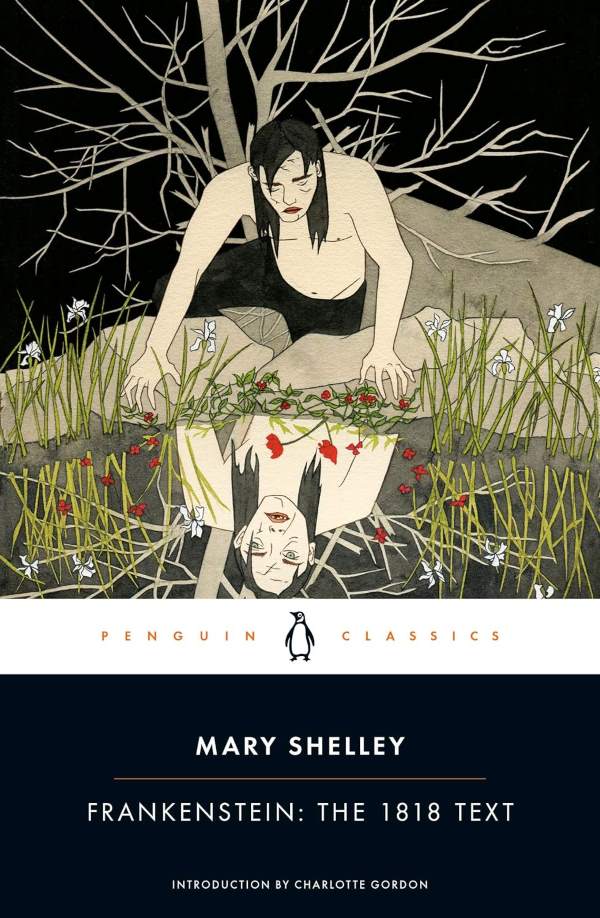
First published in 1818, Frankenstein tells the tale of Victor Frankenstein, a scientist who creates life from dead matter but is horrified by his creation—a sentient creature rejected by society. Shelley’s novel delves into themes of ambition, responsibility, and what it means to be human while serving as an early exploration of science fiction’s ethical dilemmas.
Read more: 50 Best Science Fiction Books for Beginners (A must Read)
The War of the Worlds by H.G. Wells (1898)
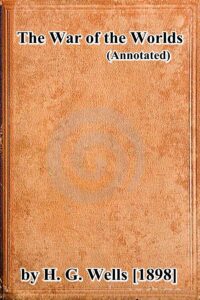
In The War of the Worlds, published in 1898, Wells presents an account of Earth’s invasion by Martians armed with advanced technology. The narrative follows an unnamed protagonist as he witnesses humanity’s struggle against these extraterrestrial invaders. This novel not only serves as an early example of alien invasion literature but also critiques imperialism and human vulnerability.
The Time Machine by H.G. Wells (1895)
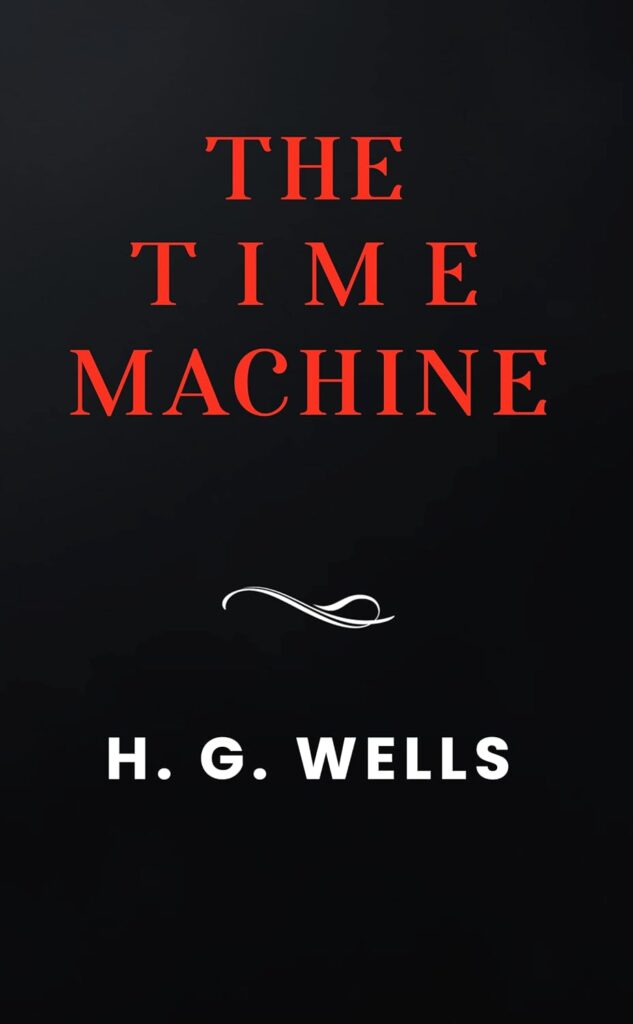
First published in 1895, The Time Machine introduces readers to an unnamed Time Traveler who constructs a machine that allows him to journey into the distant future. There he discovers two distinct species: the peaceful Eloi and their predatory counterparts, the Morlocks. Wells uses this narrative to explore social class disparities and humanity’s potential fate.
Do Androids Dream of Electric Sheep? by Philip K. Dick (1968)
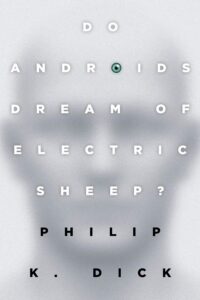
Released in 1968, this novel follows Rick Deckard—a bounty hunter tasked with “retiring” rogue androids that have escaped to Earth after being created for servitude on other planets. As Deckard grapples with his own humanity versus that of androids capable of feeling emotions, Dick raises profound questions about identity and empathy.
Childhood’s End by Arthur C. Clarke (1953)
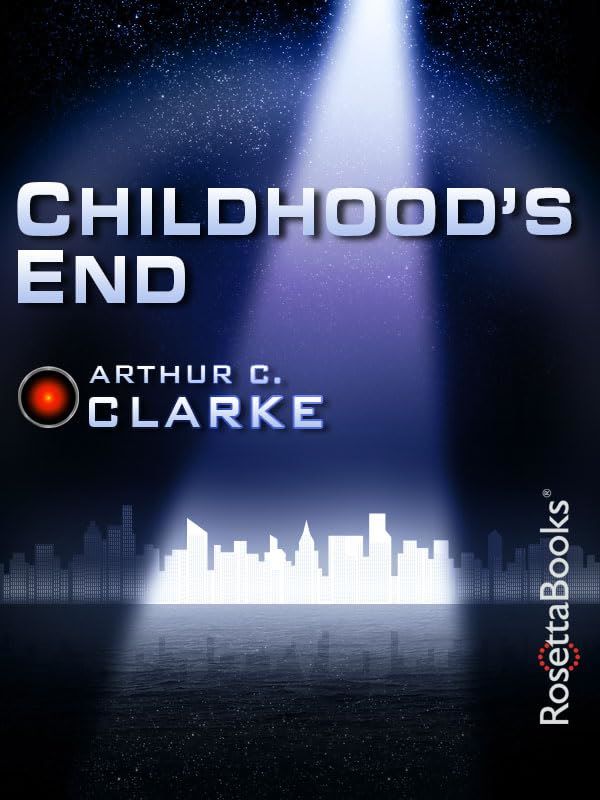
First published in 1953, Childhood’s End depicts an alien race known as the Overlords who come to Earth to usher in an era of peace but at a cost: humanity must surrender its individuality for collective advancement. Clarke examines themes of evolution and transcendence while questioning what it means to be truly human.
A Canticle for Leibowitz by Walter M. Miller Jr. (1960)
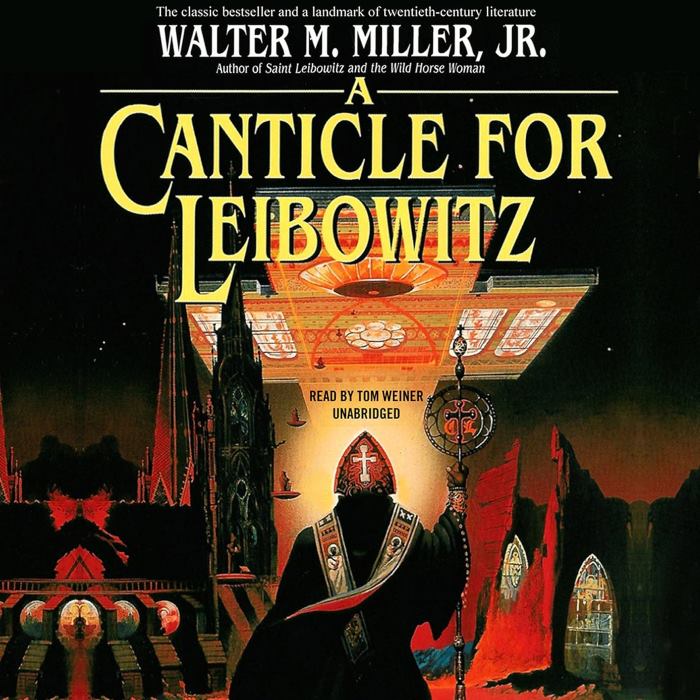
Published in 1960, this post-apocalyptic novel follows monks in a Catholic monastery in Utah who strive to preserve knowledge after civilization collapses due to nuclear war. As centuries pass and humanity rises again only to repeat its mistakes, Miller explores themes of faith versus reason and cyclical history.
The Martian Chronicles by Ray Bradbury (1950)
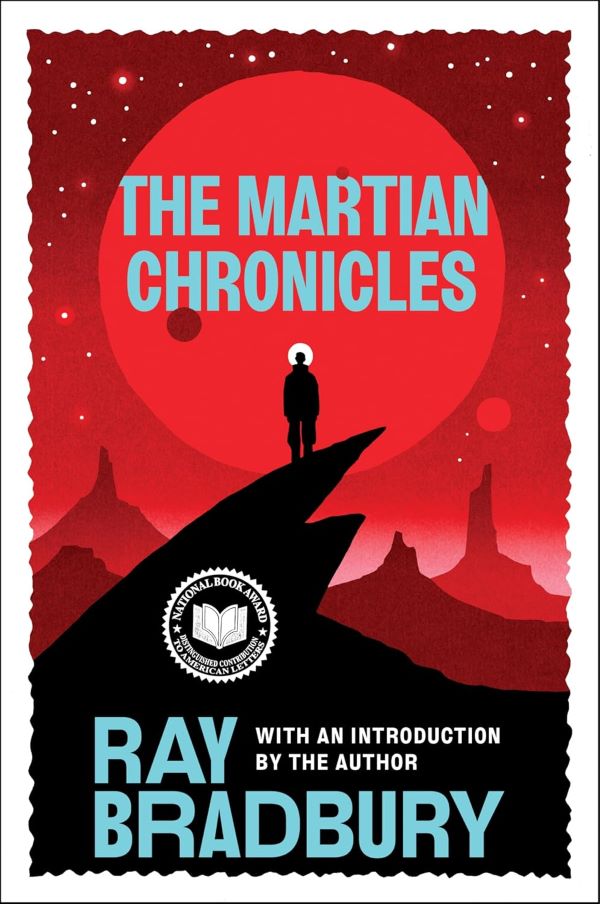
Released in 1950 as a collection of interconnected stories, The Martian Chronicles chronicles humanity’s colonization efforts on Mars amid conflicts with its native inhabitants and reflections on Earth’s societal issues such as war and colonization itself.
The Stars My Destination by Alfred Bester (1956)
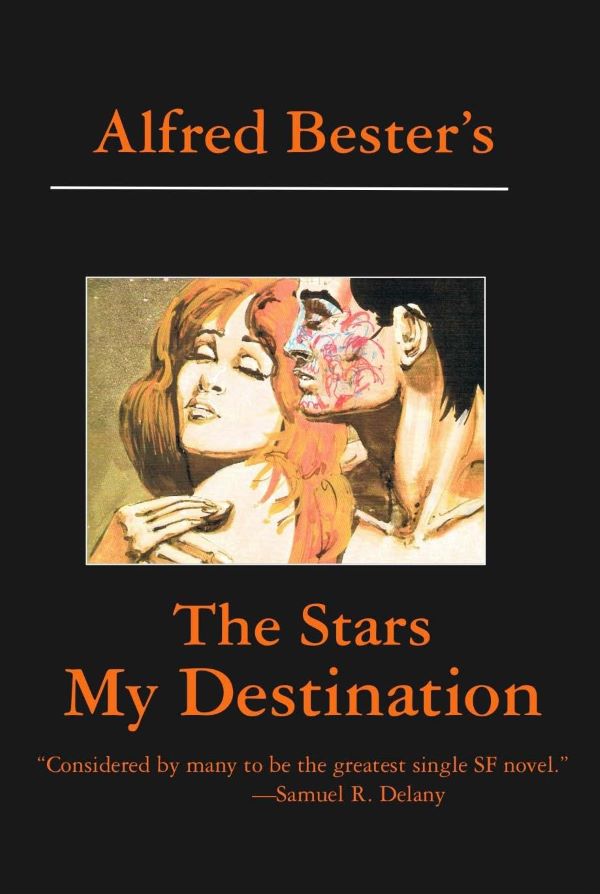
First published in 1956, this novel follows Gully Foyle—a man marooned in space who becomes consumed with revenge against those who left him behind after an attack on his spaceship. Bester’s tale combines elements of psychological transformation with themes like obsession and redemption.
Hyperion by Dan Simmons (1989)
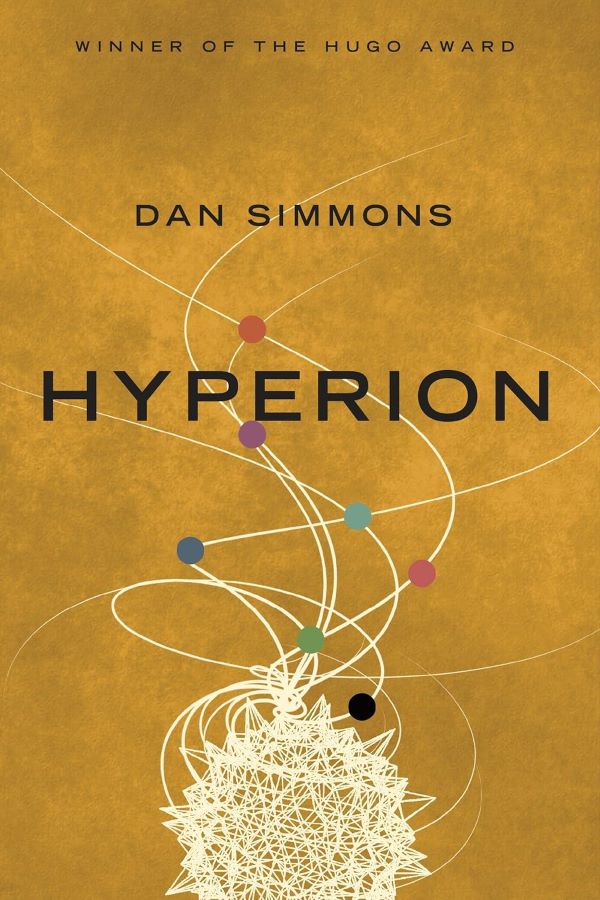
Published in 1989 as part one of The Hyperion Cantos, this novel features seven pilgrims journeying to meet the mysterious Shrike creature on the distant world Hyperion. Each character shares their own story along the way—interweaving themes such as love, loss, sacrifice—and creating a rich tapestry reminiscent of Chaucer’s Canterbury Tales.
The Dispossessed by Ursula K. Le Guin (1974)
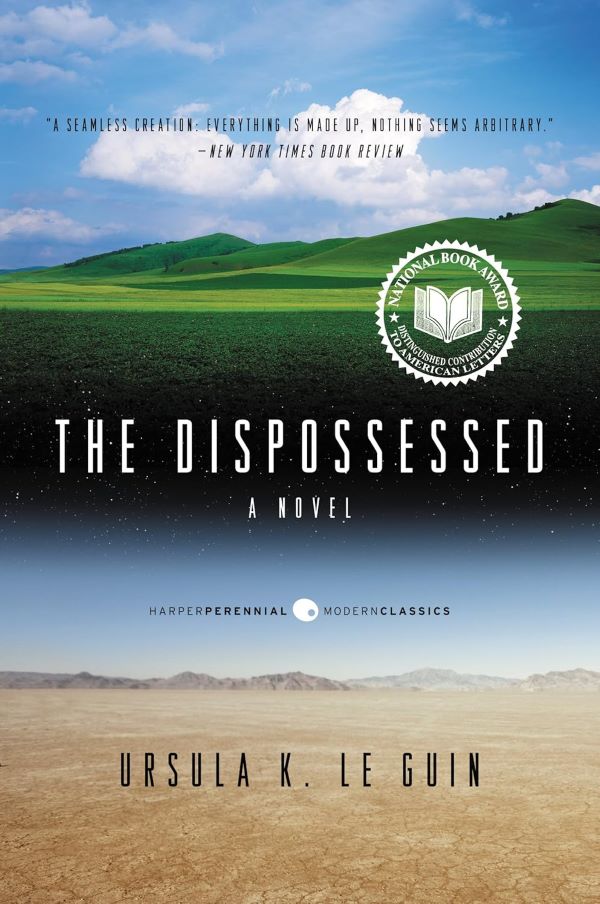
In The Dispossessed, first published in 1974, Le Guin contrasts two societies: one capitalist and one anarchist utopia on neighboring planets through protagonist Shevek’s quest for understanding between them while exploring themes like freedom versus oppression.
Contact by Carl Sagan (1985)
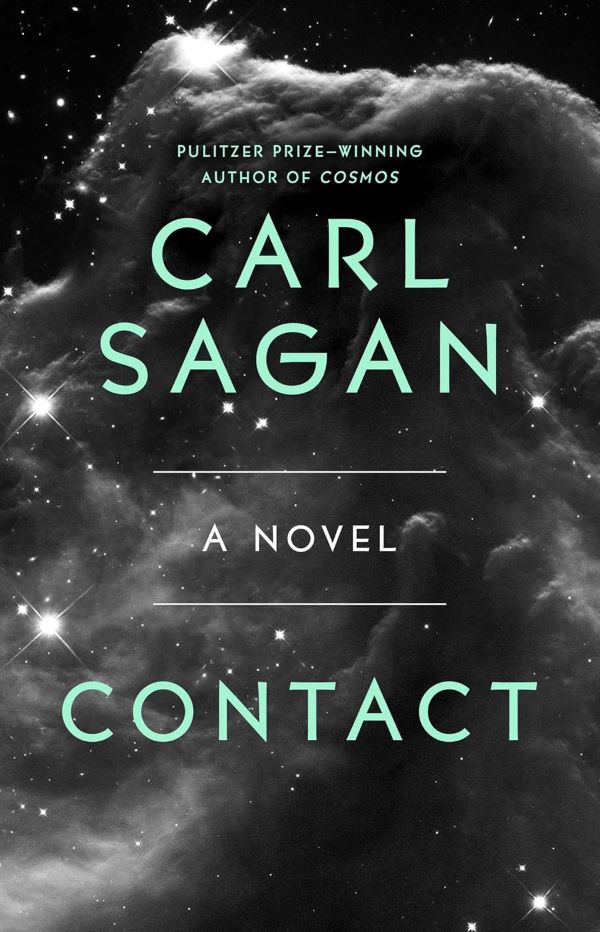
Released in 1985 based on Sagan’s scientific theories about extraterrestrial life forms communicating with humanity through radio signals; this novel follows Dr Ellie Arroway as she decodes messages leading her on an interstellar journey that raises philosophical questions about faith versus science.
Ringworld by Larry Niven (1970)
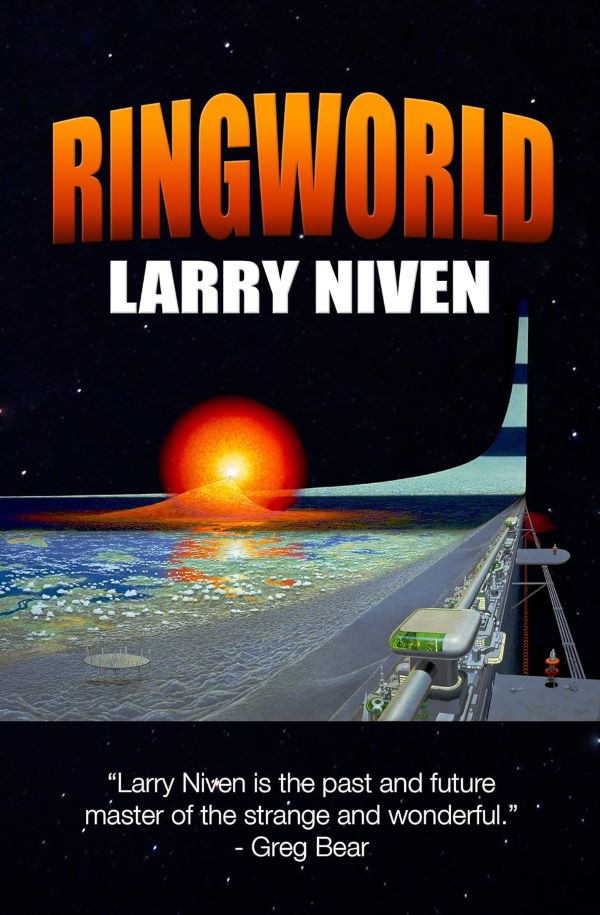
First published in 1970; Ringworld introduces readers to Louis Wu—an explorer tasked with investigating an artificial ring-like structure surrounding a star system inhabited by various alien species—while exploring concepts such as engineering marvels alongside philosophical musings regarding civilization itself.
A Scanner Darkly by Philip K Dick (1977)
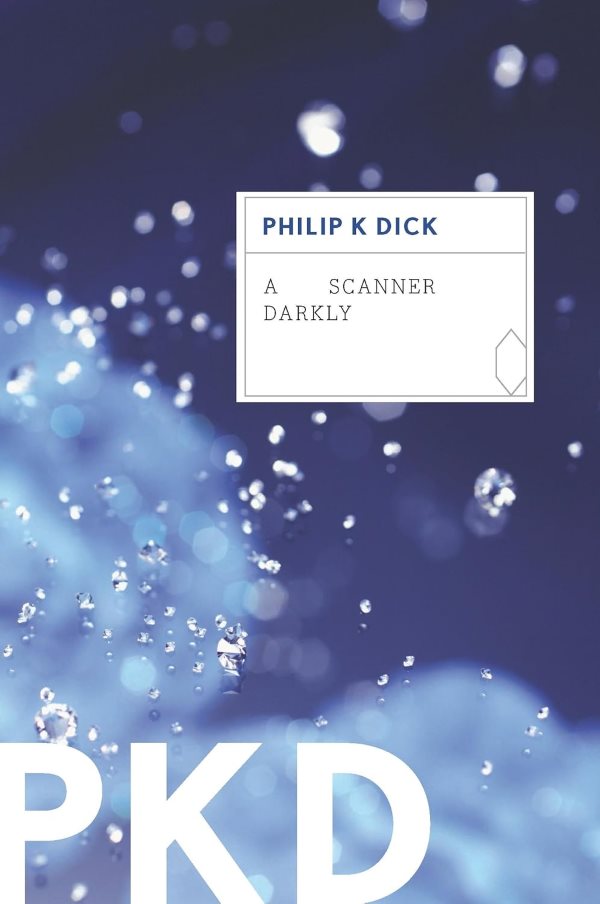
Released in 1977; this dystopian narrative follows Bob Arctor—a narcotics agent assigned undercover among drug users—who struggles with identity loss due to substance abuse while grappling with surveillance technologies reflecting modern societal issues regarding addiction versus control mechanisms employed against citizens today.
Snow Crash by Neal Stephenson (1992)
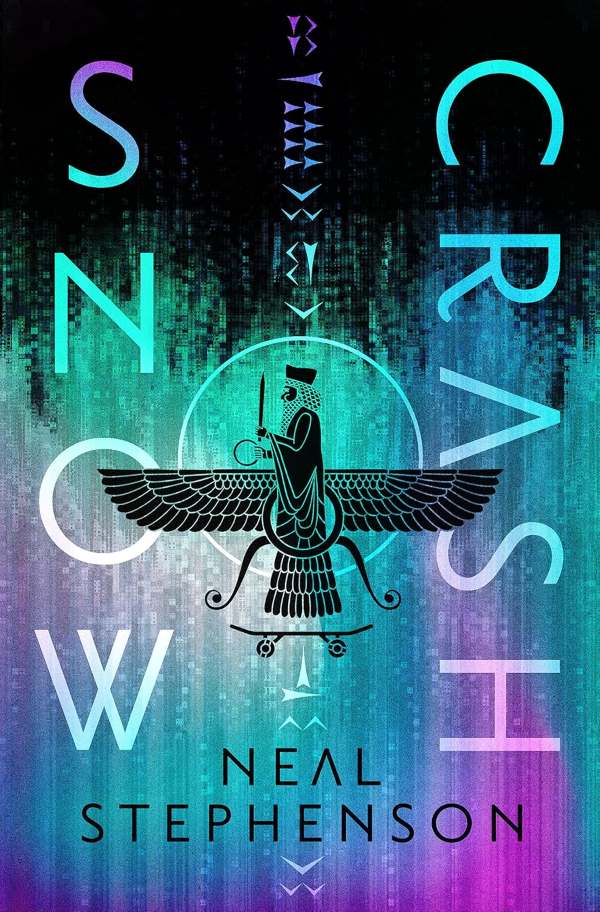
In this fast-paced cyberpunk novel first published in 1992; Hiro Protagonist—a pizza delivery driver/hacker—uncovers conspiracies involving virtual reality drugs called “Snow Crash” threatening both cyberspace users & physical world inhabitants alike; Stephenson critiques corporate culture while blending humor & action throughout his narrative style.
The Moon is a Harsh Mistress by Robert A Heinlein (1966)
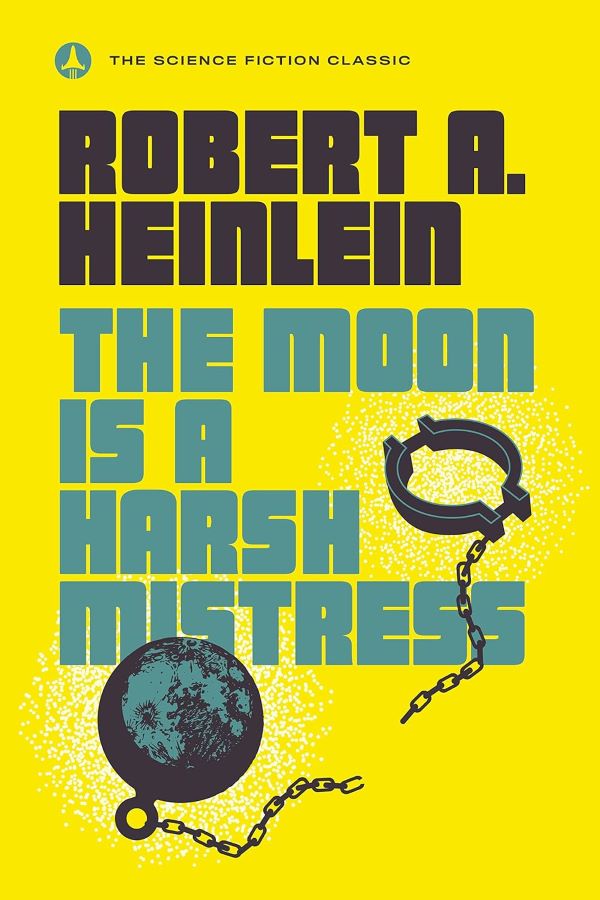
First published in 1966; this political allegory depicts Luna—a lunar colony rising against Earth’s oppressive rule led primarily by revolutionary leader Manuel “Manny” Garcia O’Kelly-Davis alongside computer “Mike” demonstrating themes surrounding freedom & self-governance amidst rebellion against tyranny throughout their struggle towards independence!
The Forever War by Joe Haldeman (1974)
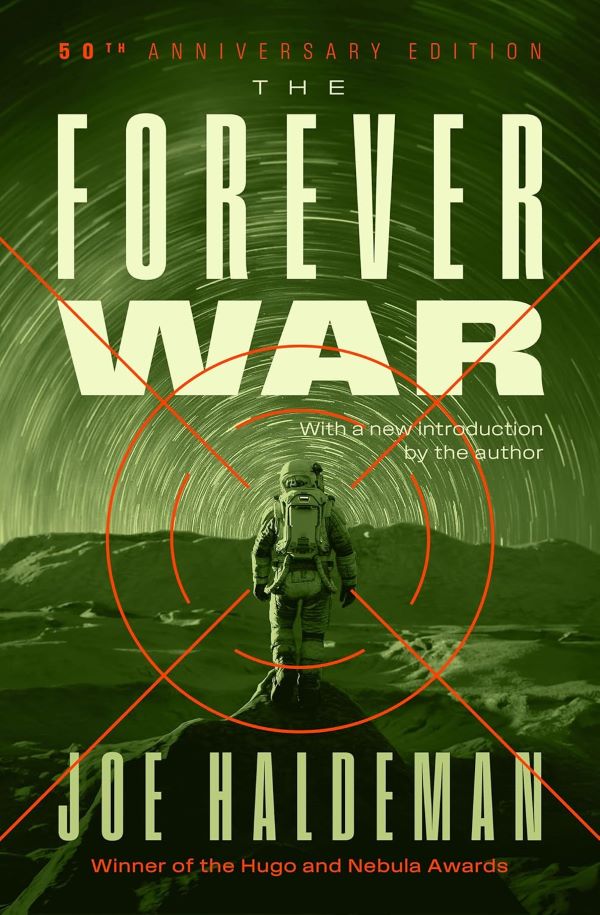
Released initially during the Vietnam War era; Haldeman’s narrative chronicles soldiers fighting interstellar battles across time dilation effects resulting from relativistic travel showcasing how war changes individuals over generations reflecting real-world consequences faced during conflicts experienced throughout history!
Old Man’s War by John Scalzi (2005)
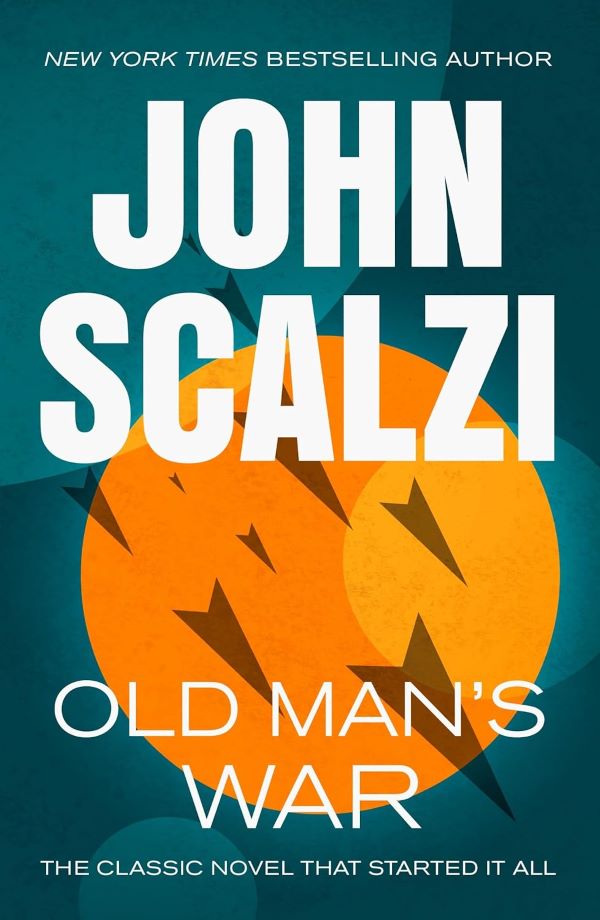
First published in 2005; Scalzi introduces John Perry—who enlists at age seventy-five into military service fighting aliens using genetically enhanced bodies allowing exploration into morality surrounding warfare & aging while tackling issues related directly towards personal identity amidst larger societal conflicts!
The Three-Body Problem by Liu Cixin (2008)
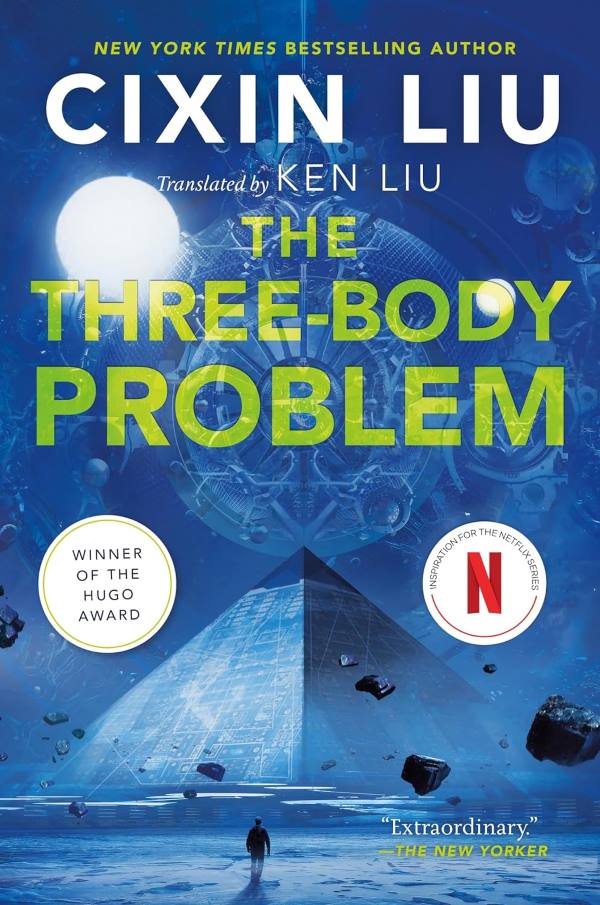
This groundbreaking Chinese sci-fi novel released originally back home before gaining international acclaim explores first contact between humans & extraterrestrial beings set against backdrop cultural revolution highlighting philosophical dilemmas faced when civilizations collide across vast distances!
Solaris by Stanisław Lem (1961)
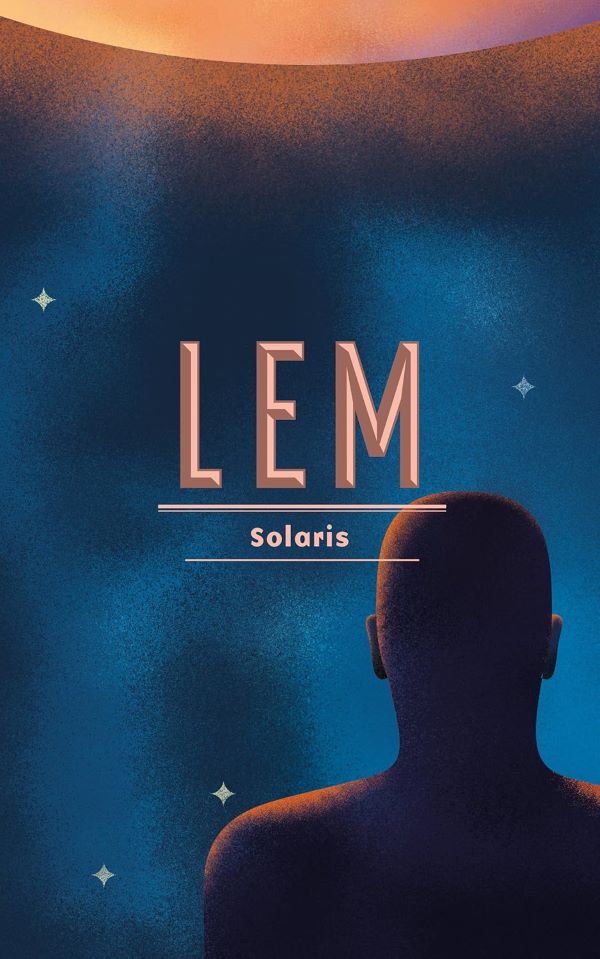
First released during the Cold War era; Lem’s psychological exploration centers around scientists studying the mysterious oceanic planet Solaris where a sentient ocean creates manifestations drawn from their memories leading them to confront deeper truths regarding existence itself!
The Invisible Man by H.G.Wells (1897)
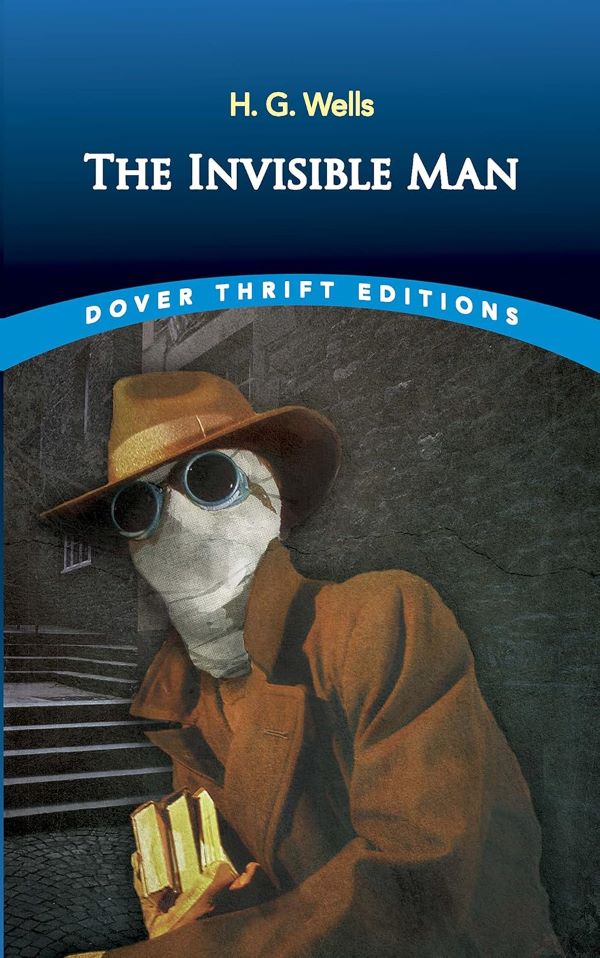
First published back during Victorian times; Wells’ classic tale revolves around Griffin—a scientist experimenting invisibility leading him down path madness showcasing consequences unchecked ambition can have upon the individual psyche!
Cat’s Cradle by Kurt Vonnegut(1963)
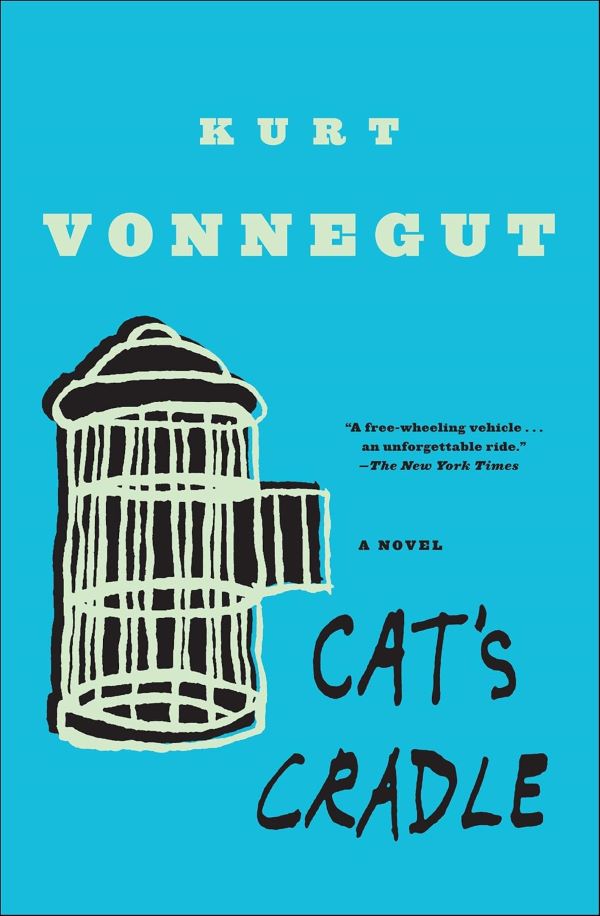
First published in 1963, Cat’s Cradle is a satirical science fiction novel that explores the absurdities of science, religion, and human nature. The story follows John (or Jonah), a writer investigating the life of Dr. Felix Hoenikker, the father of the atomic bomb. John uncovers the secrets behind Ice-Nine, a substance that has the potential to destroy the world. Through dark humor and biting commentary, Vonnegut critiques modern society’s obsession with technology and its often disastrous consequences. Cat’s Cradle is a sharp, thought-provoking novel that challenges readers to reflect on the absurdity of human existence.
Foundation And Empire by Isaac Asimov(1952)
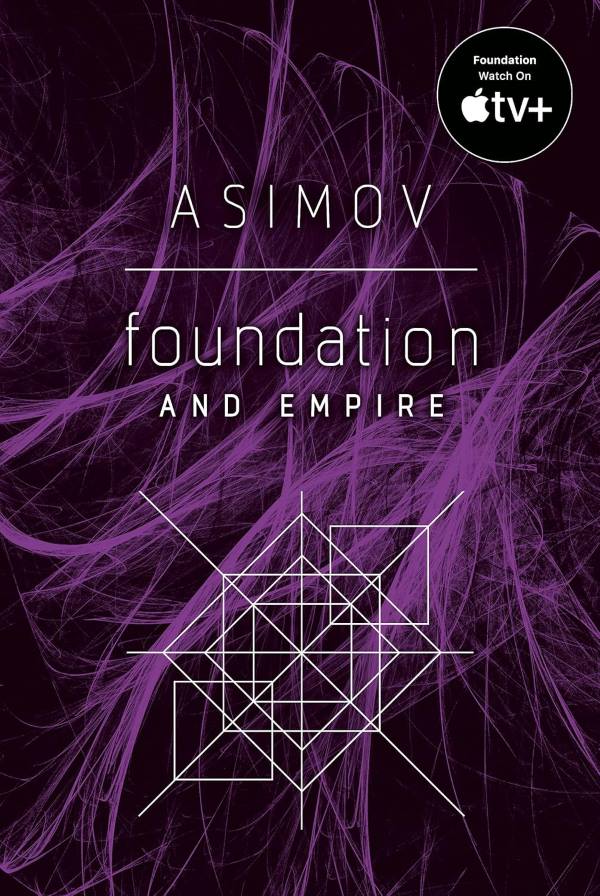
Published in 1952, Foundation and Empire is the second book in Isaac Asimov’s landmark Foundation series, set in a future galaxy ruled by the Galactic Empire. Asimov continues the story of the Foundation, a scientific colony established to preserve knowledge and prevent the fall of civilization. The novel explores the battle between the Foundation and the crumbling Empire, with themes of political intrigue, psychohistory, and the rise of new power. Foundation and Empire is an essential work in the science fiction genre, offering deep philosophical reflections on the cyclical nature of history.
I, Robot by Isaac Asimov (1950)
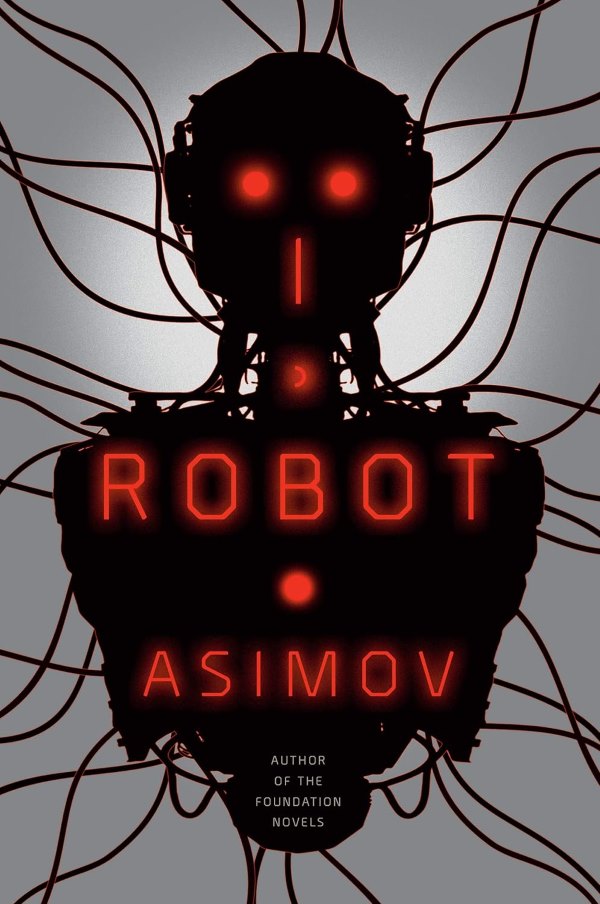
First published in 1950, I, Robot is a collection of interconnected short stories that explores the complex relationship between humans and robots. Set in a future where robots have become an integral part of daily life, Asimov introduces his famous Three Laws of Robotics. Each story in the collection delves into moral dilemmas, technological ethics, and the unforeseen consequences of artificial intelligence. I, Robot is a foundational work in the science fiction genre, shaping how we think about robots and their place in our world.
The Giver by Lois Lowry(1993)
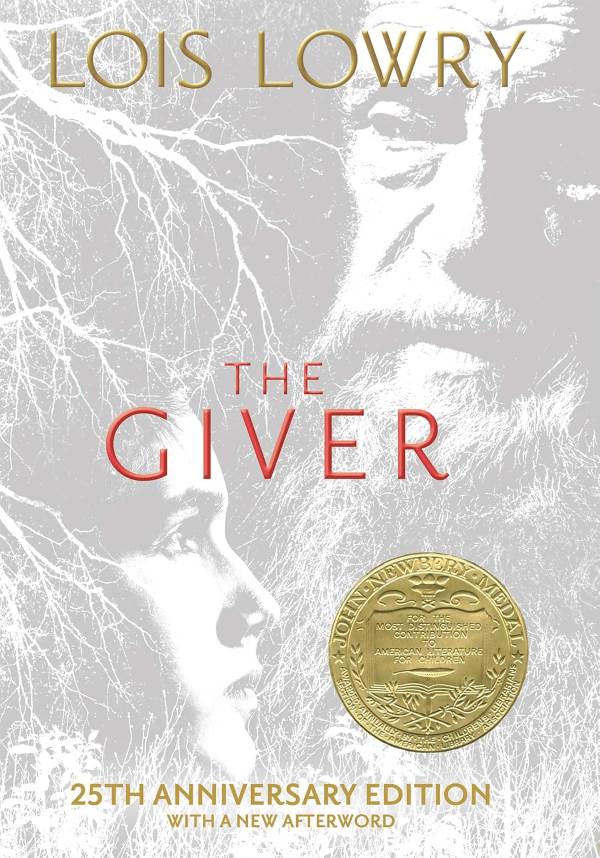
First published in 1993, The Giver is a young adult dystopian novel set in a society that has eliminated pain, suffering, and memories of the past in favor of perfect harmony and predictability. The story follows Jonas, a young boy who is selected to be the Receiver of Memory, the person who must hold the community’s memories of its past. As Jonas uncovers the truth about the world he lives in, he begins to question the society’s values and the cost of such a controlled existence. The Giver explores themes of individuality, freedom, and the importance of memory.
Read more: Top 49 Science Fiction Book Recommendations for 2024: Must-Reads for Every Fan
The City And The Stars by Arthur C.Clarke (1956)
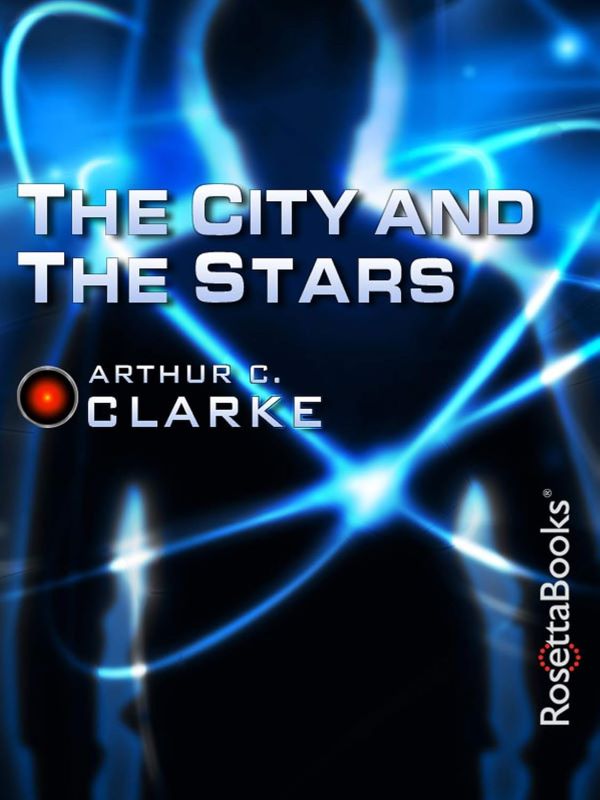
Published in 1956, The City and the Stars is a classic science fiction novel set in the distant future. The story takes place in Diaspar, a city that has existed for millions of years, where humanity has achieved immortality and technology has advanced to the point of stagnation. The protagonist, Alvin, is one of the few people born outside of Diaspar’s walls, and he embarks on a journey of self-discovery and exploration. Clarke explores themes of human potential, the nature of civilization, and the drive to explore the unknown.
More Than Human by Theodore Sturgeon(1953)
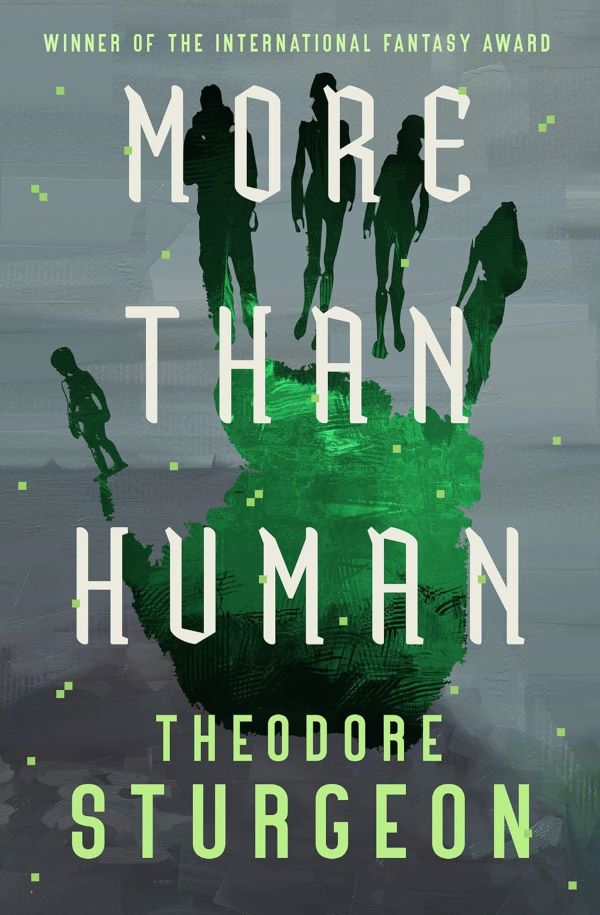
First published in 1953, More Than Human is a thought-provoking science fiction novel that explores the boundaries of human evolution and the nature of human identity. The story follows a group of misfits with extraordinary abilities who come together to form a new, more powerful entity. As they struggle with their individual challenges and the societal pressures that seek to control them, they begin to understand that they are part of a larger evolution. Sturgeon’s novel is an exploration of what it means to be human and what lies beyond humanity.
The Diamond Age by Neal Stephenson(1995)
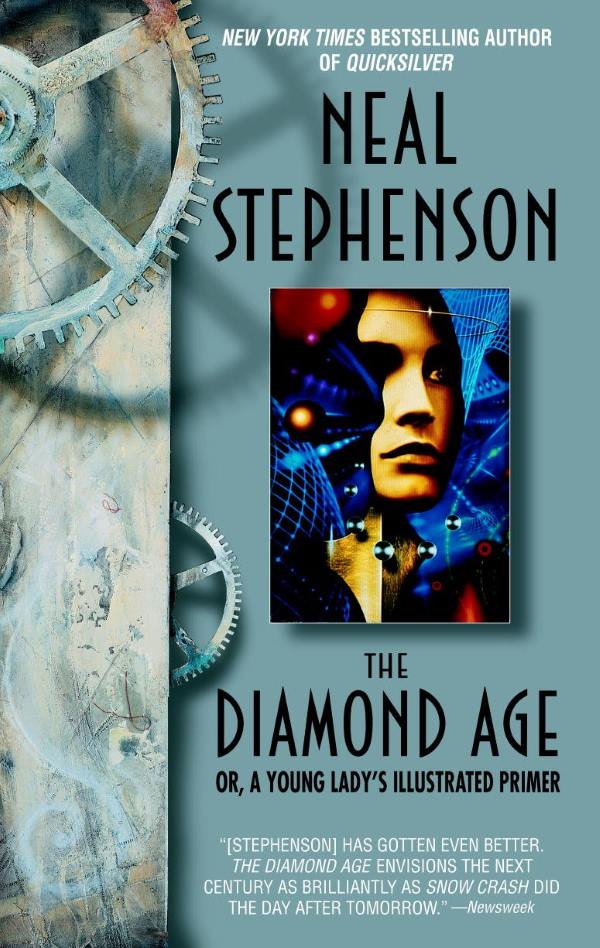
Published in 1995, The Diamond Age is a cyberpunk novel set in a near-future world where nanotechnology has transformed society. The story follows Nell, a young girl who comes into possession of a highly advanced interactive book, designed to educate and guide her through life. As Nell grows up, she becomes entangled in the complex web of society’s technological and political divisions. The novel explores themes of education, class, and the implications of advanced technology on personal identity and societal structure.
Babel-17 by Samuel R. Delaney(1966)
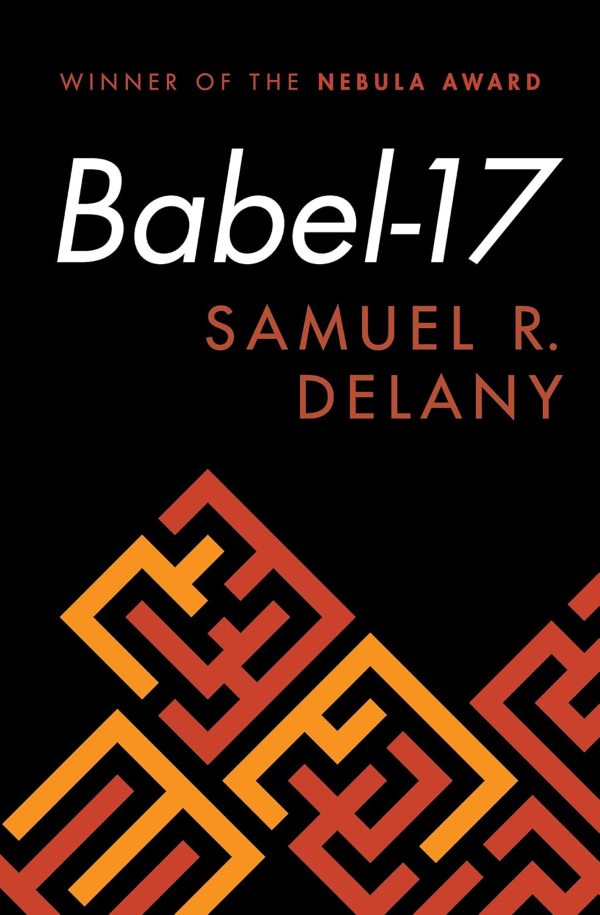
First published in 1966, Babel-17 is a science fiction novel that blends linguistic theory with space opera. The story follows Rydra Wong, a poet and commander, as she investigates the mysterious language known as Babel-17, which has the power to shape thought and reality. As Rydra uncovers the secrets of this language, she faces a war, personal betrayal, and the shifting boundaries between mind and matter. Delany’s novel is a meditation on language, communication, and the way words can influence perception and behavior.
Gateway by Frederik Pohl(1977)
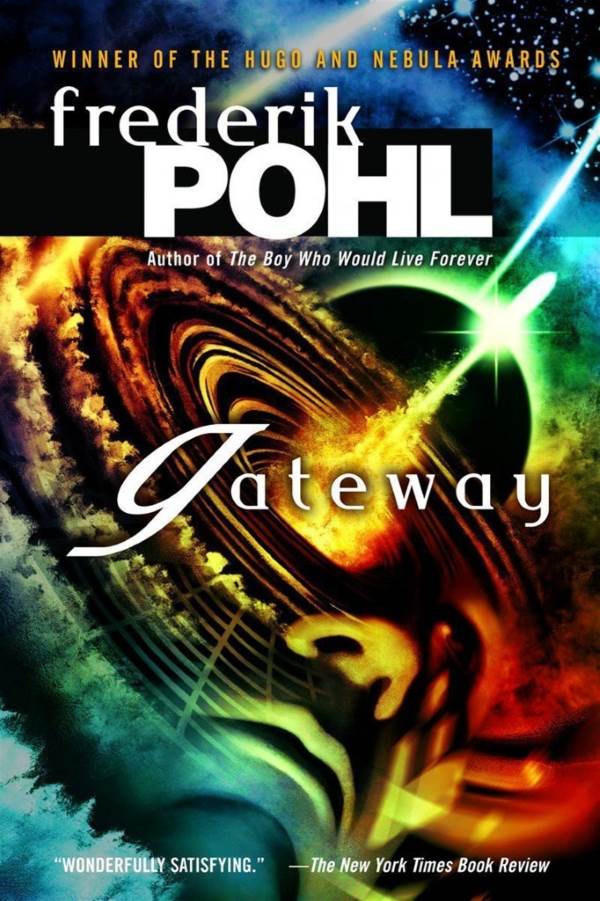
Published in 1977, Gateway is the first book in the Heechee Saga, a science fiction series that explores the discovery of an ancient alien civilization. The story follows Robinette Broadhead, a man who becomes involved in a mysterious space exploration program after encountering a derelict alien spaceship, the Gateway. As Robinette grapples with his past and the enigmatic technology of the Heechee, the novel delves into themes of existentialism, the search for meaning, and the potential dangers of uncovering advanced alien knowledge.
The Handmaid’s Tale by Margaret Atwood(1985)
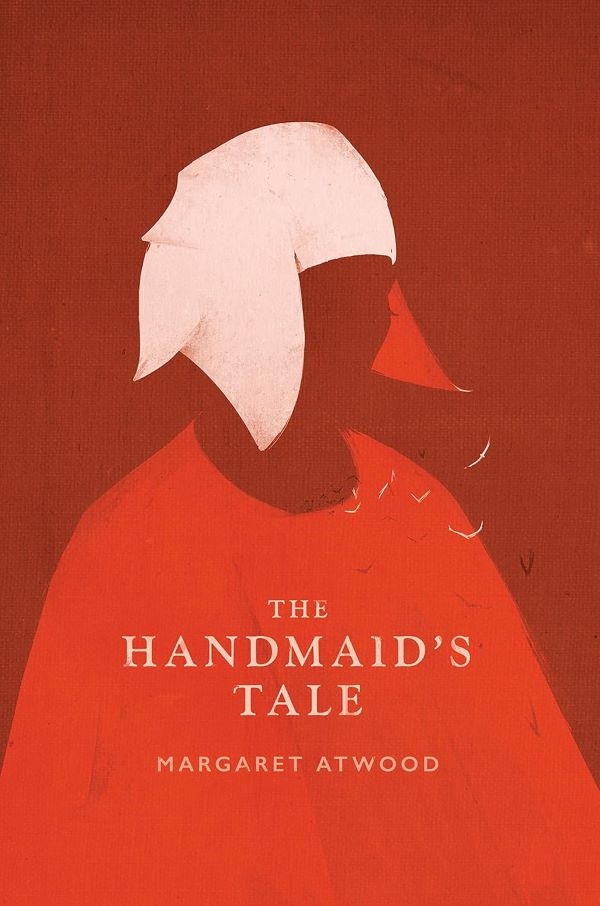
First published in 1985, The Handmaid’s Tale is a chilling dystopian novel set in a theocratic society called Gilead, where women’s rights have been severely restricted, and fertility is a prized commodity. The story follows Offred, a woman forced into the role of a “handmaid” to produce children for the ruling elite. Atwood’s novel is a powerful critique of patriarchy, religious extremism, and the erosion of personal freedoms, resonating strongly with readers in any era concerned about the rights of women and the dangers of totalitarianism.
Rendezvous With Rama by Arthur C.Clarke (1973)
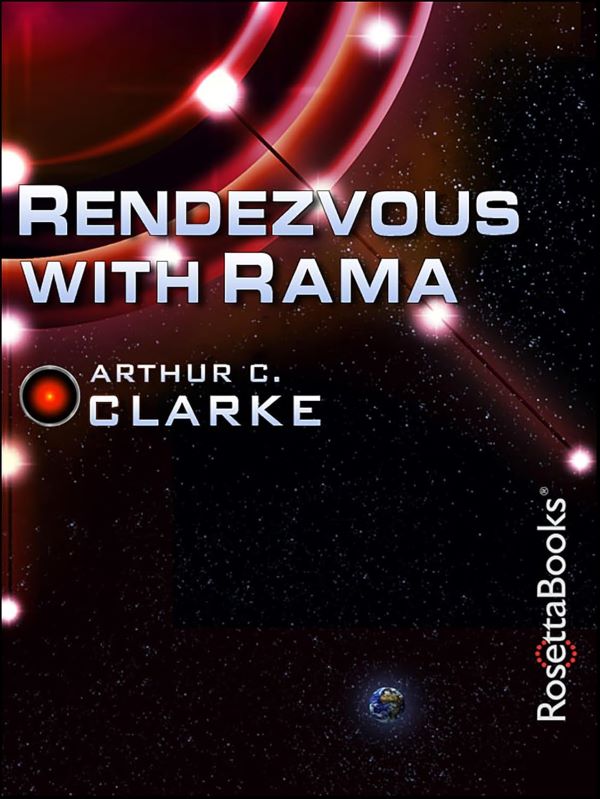
Published in 1973, Rendezvous with Rama is a classic science fiction novel about the mysterious appearance of an enormous cylindrical alien spacecraft that enters our solar system. A group of astronauts is sent to investigate, only to discover a strange, alien environment inside the ship. Clarke’s novel explores the themes of human curiosity, the limits of our understanding of the universe, and the potential for contact with extraterrestrial life. It’s a thought-provoking meditation on exploration, mystery, and the unknown.
Doomsday Book by Connie Willis (1992)
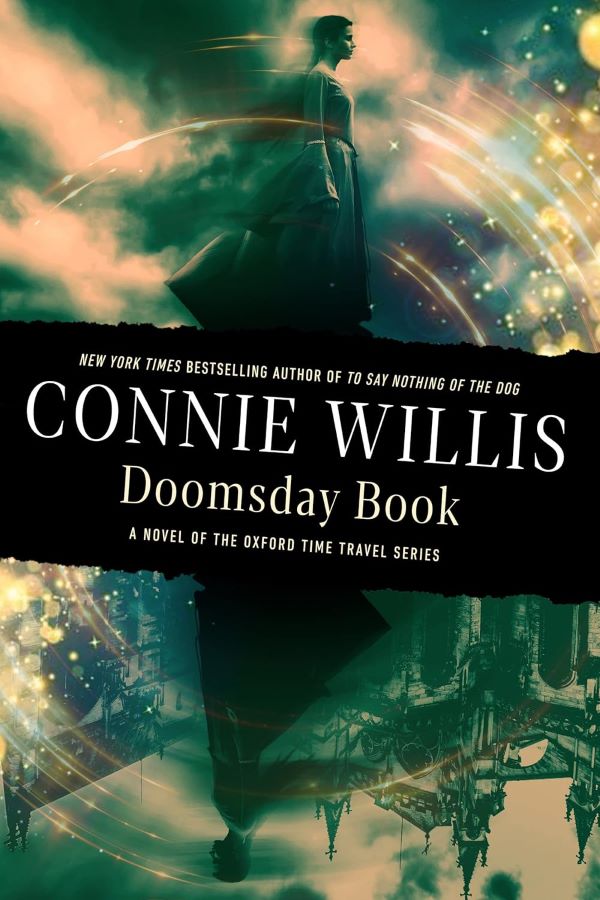
First published in 1992, Doomsday Book is a time travel novel that blends historical fiction with science fiction. The story follows Kivrin, a historian from the future, who is sent back in time to study medieval England during the Black Death. However, due to a malfunction in the time travel system, she ends up in the wrong time and place, struggling to survive in a world devastated by plague. Willis explores themes of fate, historical memory, and the consequences of time travel in this poignant and thought-provoking novel.
Altered Carbon by Richard K.Morgan (2002)
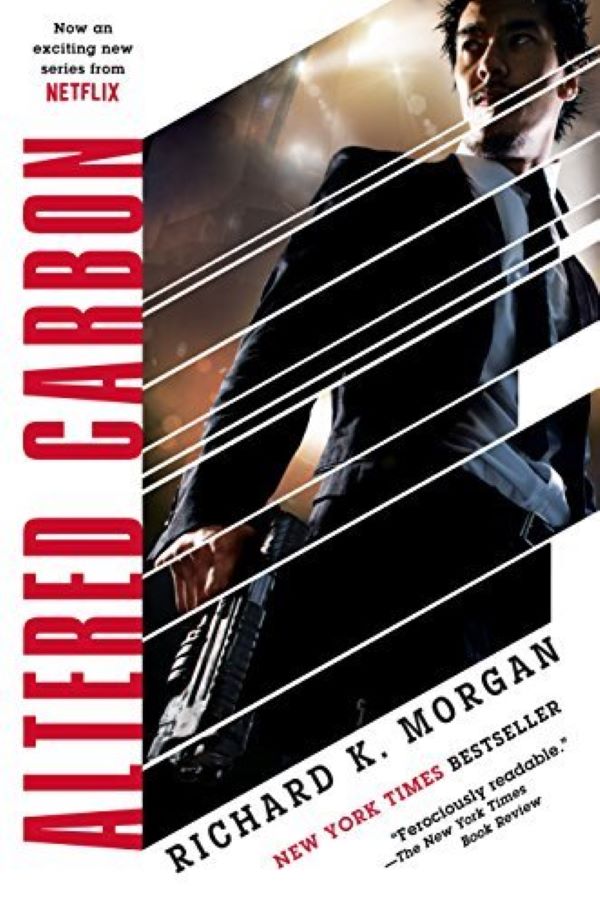
Published in 2002, Altered Carbon is a gritty, noir-inspired science fiction novel set in a future where consciousness can be transferred between bodies, effectively rendering death obsolete. The story follows Takeshi Kovacs, a former soldier hired to investigate the apparent suicide of a wealthy man who had his consciousness transferred into a new body. As Kovacs unravels a complex conspiracy, Morgan delves into themes of identity, immortality, and the ethics of technological advancements.
The Windup Girl by Paolo Bacigalupi (2009)
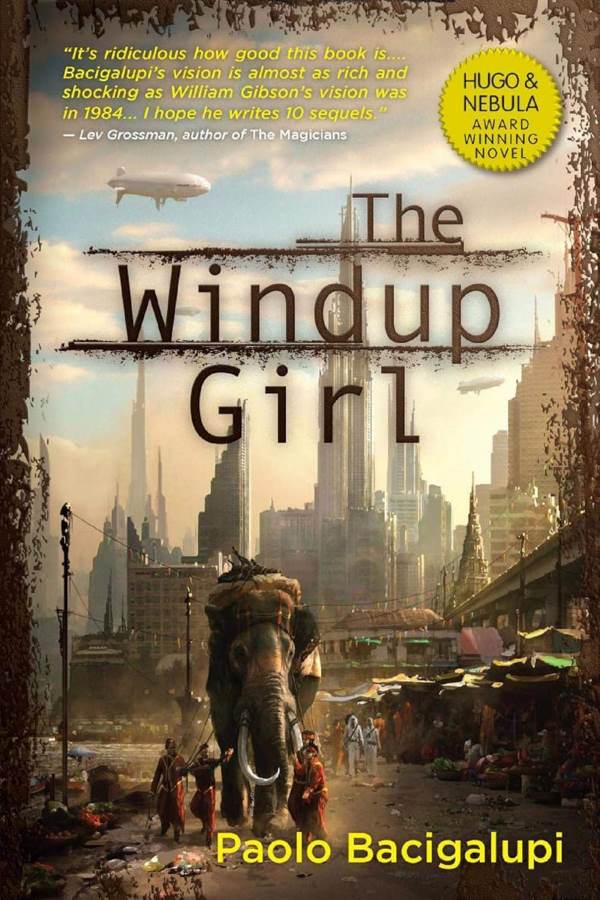
First published in 2009, The Windup Girl is a biopunk novel set in a post-climate-change future where genetically engineered organisms have become central to society and the world’s ecosystems are on the brink of collapse. The story is set in a dystopian Bangkok, where corporations control food production and bioengineering. Bacigalupi’s novel explores the dangers of unchecked corporate power, the ethics of genetic manipulation, and the social and environmental costs of technological progress.
Little Brother by Cory Doctorow (2008)
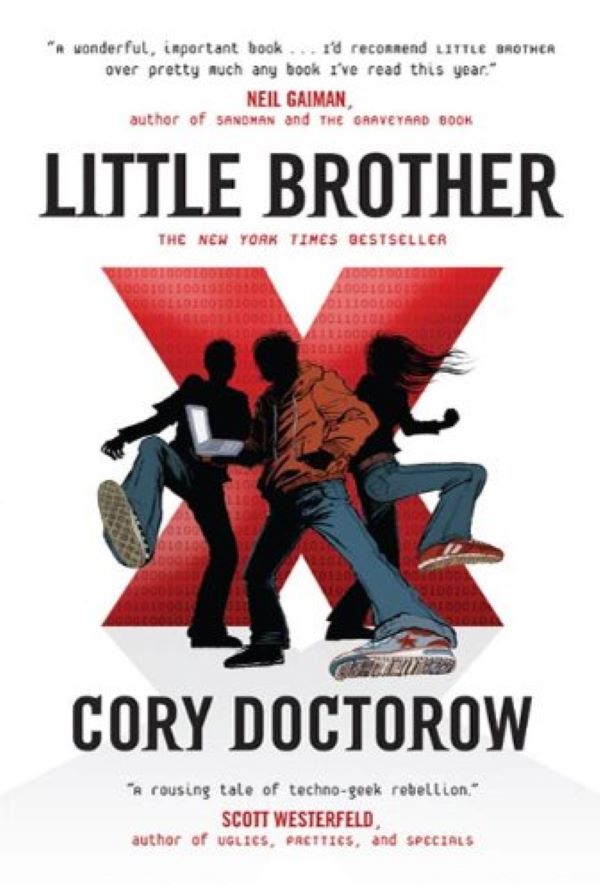
Published in 2008, Little Brother is a young adult novel set in a near-future world where a group of teenagers take on the Department of Homeland Security after a terrorist attack leads to a crackdown on civil liberties. The protagonist, Marcus, uses his knowledge of technology to fight back against surveillance and government control. Doctorow’s novel is a fast-paced thriller that explores themes of freedom, privacy, and resistance in an age of digital surveillance.
A Fire Upon The Deep by Vernor Vinge (1992)
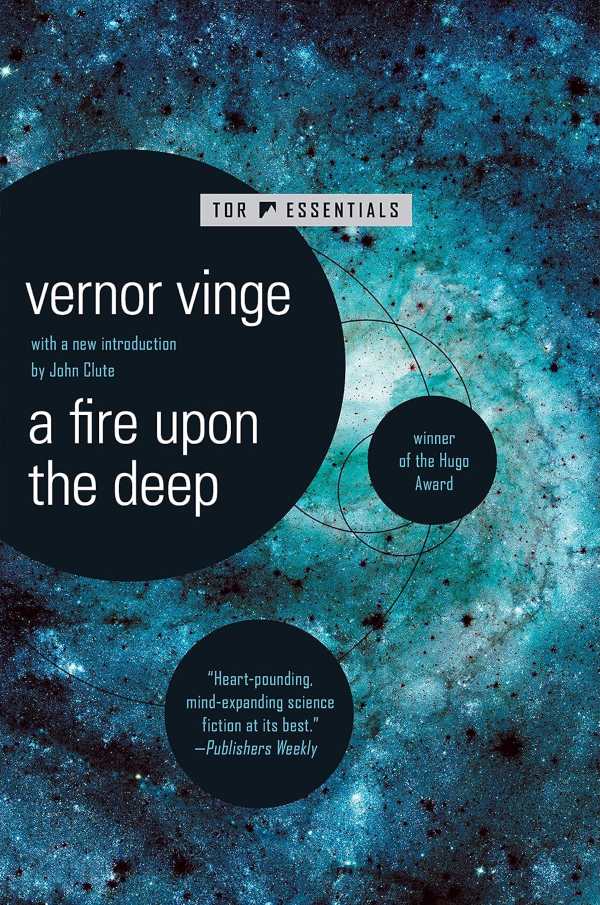
First published in 1992, A Fire Upon the Deep is a science fiction epic set in a far-future universe where different regions of space have varying levels of technological advancement. The story follows a group of humans who inadvertently release a superintelligent, malevolent entity that threatens the galaxy. Vinge’s novel combines thrilling action with deep explorations of artificial intelligence, post-singularity civilizations, and the consequences of unrestrained technological progress.
Red Mars by Kim Stanley Robinson (1990)
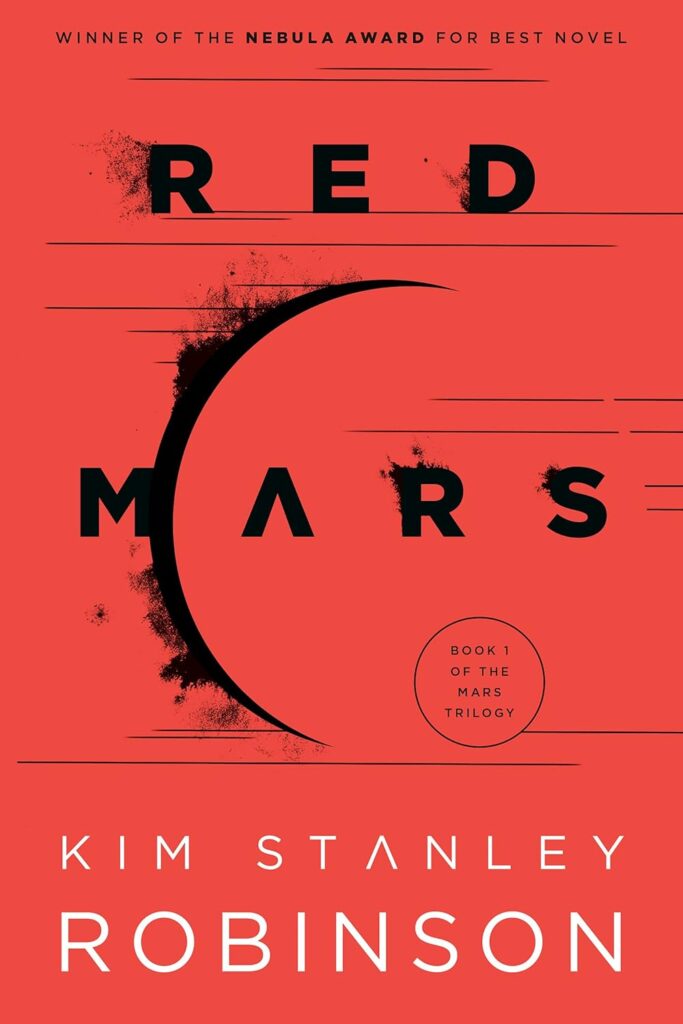
Published in 1990, Red Mars is the first book in Robinson’s epic Mars Trilogy, which explores the colonization and terraforming of Mars. The novel follows a team of scientists and engineers as they attempt to transform the harsh Martian landscape into a habitable environment. Along the way, they encounter political intrigue, environmental challenges, and ethical dilemmas that arise from their attempts to reshape an entire planet. Red Mars is a sweeping, scientifically detailed exploration of humanity’s potential future in space.
The Player Of Games by Iain M. Banks (1988)
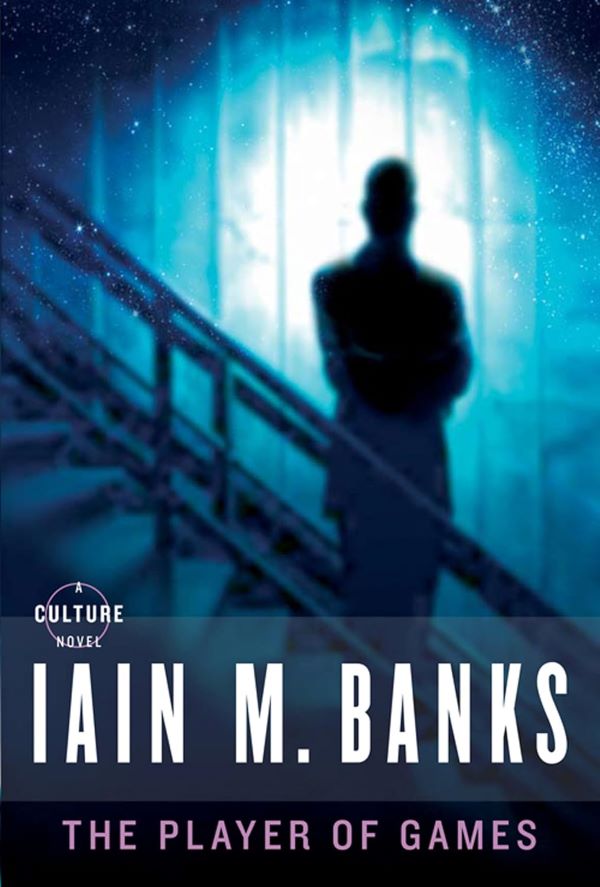
First published in 1988, The Player of Games is part of Banks’ Culture series, set in a post-scarcity utopian society where humans live in a technologically advanced and conflict-free environment. The story follows Jernau Morat Gurgeh, a master player of various games, who is recruited by the Culture’s Contact division to compete in a game on a distant planet. The novel explores themes of power, control, and the role of games in shaping cultures and societies.
Annihilation by Jeff VanderMeer (2014)
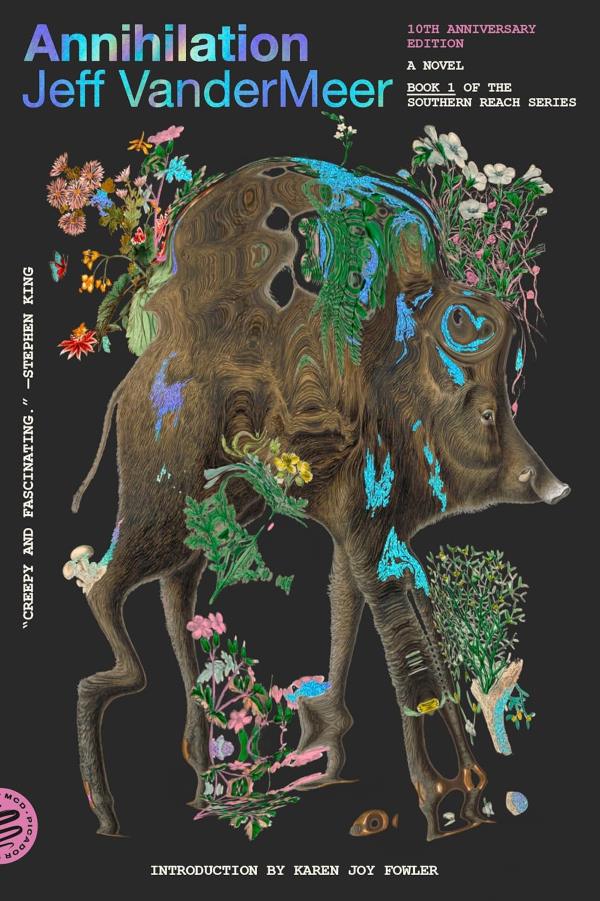
First published in 2014, Annihilation is the first book in the Southern Reach Trilogy and tells the story of a mysterious, otherworldly area known as Area X. A group of scientists is sent to explore the region, but the expedition quickly turns into a surreal and dangerous encounter with unknown forces. VanderMeer’s novel blends elements of psychological horror with science fiction, exploring themes of identity, the unknown, and humanity’s interaction with alien environments.
A Journey To The Center Of The Earth by Jules Verne (1864)
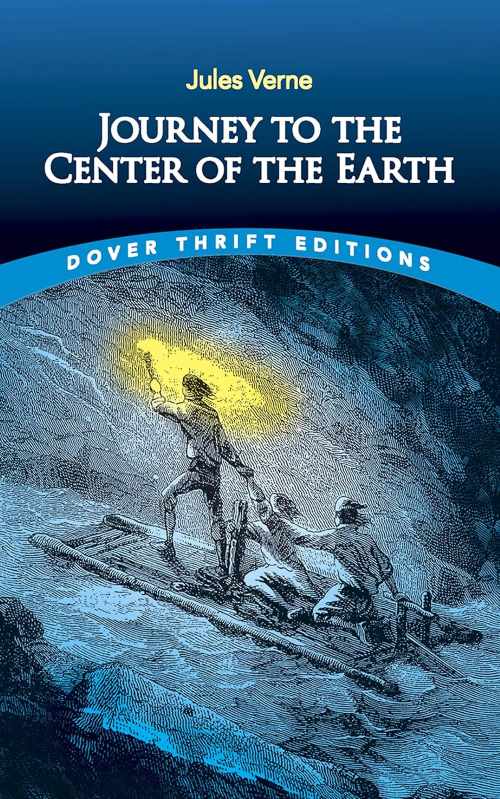
Published in 1864, A Journey to the Center of the Earth is one of Verne’s most famous adventure novels. The story follows Professor Lidenbrock, his nephew Axel, and their guide Hans as they descend into a volcano and explore a subterranean world full of strange creatures and natural wonders. Verne’s novel combines scientific curiosity with thrilling adventure, making it a timeless exploration of exploration and discovery.
The Space Merchants by Frederik Pohl/C.M.Kornbluth (1953)
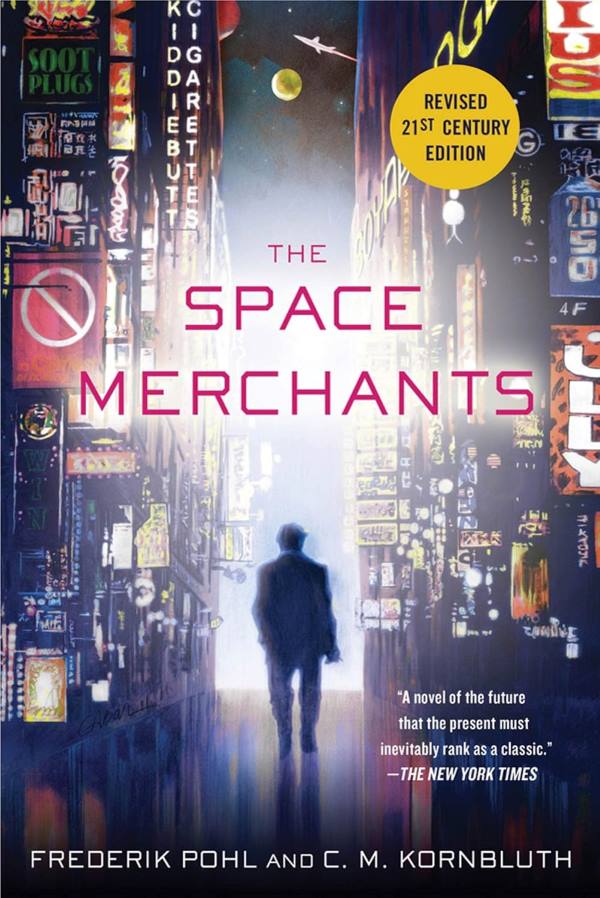
First published in 1953, The Space Merchants is a satirical science fiction novel set in a future where advertising has taken over every aspect of life. The story follows Mitch Courtenay, a highly successful ad man, who becomes involved in a scheme to colonize Venus and turn it into a commercial paradise. The novel critiques consumerism, corporate power, and the commodification of human experience, offering a darkly humorous yet insightful vision of the future.
Key Takeaways
These classic science fiction novels have shaped not only the genre but also the way we think about the future, society, and our place in the universe. Each book offers a unique exploration of humanity’s challenges and triumphs, often in the context of far-off worlds or futuristic technology. Whether you are new to science fiction or a long-time fan, these works provide a deep and engaging experience that will leave you thinking long after you’ve turned the last page.
If you’re looking for timeless reads that will stretch your imagination and expand your worldview, these classic science fiction books are a perfect place to start. Each one provides a glimpse into a future that could be—or a world that never was—offering both entertainment and critical insights into our own world.
Book Series to Read on
TheLitPerspective is your one-stop shop for everything that ignites the spark of curiosity within you.
